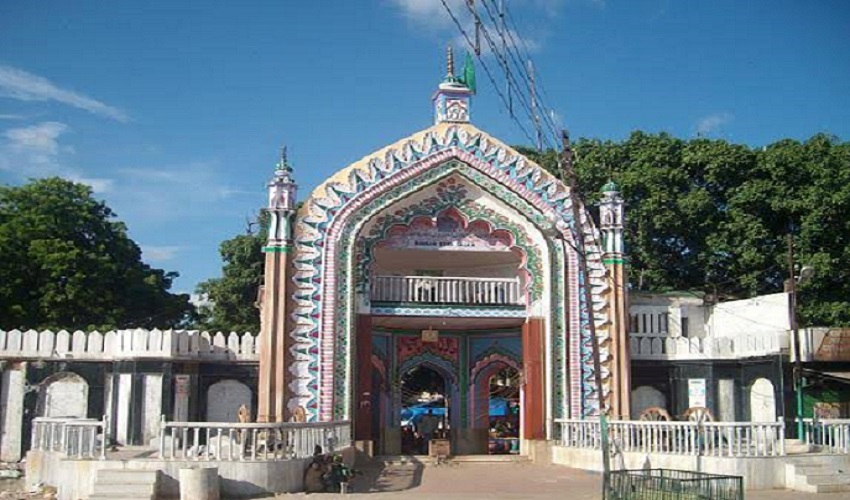
Dargah Hazrat Syed Salaar Masood Ghazi, RH. Bahraich, U.P., India
There are mistaken tropes in Indian history and politics that have become disturbingly commonplace. Tropes such as the dividing up of Indian history into ‘Hindu’, ‘Muslim’ and ‘British’ periods, to correspond with ancient, medieval and modern history. Similarly, claiming a degeneration of the ‘Hindu way of life’ following the ‘Muslim period’ in the Indian subcontinent, and using this assertion to call for a revival of ‘Indian’ tradition, in the way it is imagined to have existed prior to conquests by followers of Islam. A counter-trope to this one is the spirit of accomodation and diversity essential to an ‘Indian’ way of living, but it is rare to find instances of what Shahid Amin calls “non-sectarian histories of conquest and conflict in India”, such as his book ‘Conquest and Community: The Afterlife of Saint Ghazi Miyan’ aims to provide. Such investigations, a class apart from mistaken historical tropes that both Right and Left bandy about, allow for a true complication of, and consequently enrichment of, historical understanding.
Amin centres his thesis around the case of Syed Salar Masud, of Bahraich, Uttar Pradesh, according to him, “arguably the most intriguing of warrior saints from the subcontinent”. He connects the multi-religious following of Masud’s cult not to a history of eternal harmony, or collective amnesia, but to a world where communities are born out of conflict, and its retelling.
The starting point of this quest is the 17th century hagiography of Salar Masud, titled ‘Mirat-i-Masudi’, by Abdur Rahman who—as Muzaffar Alam tells us in his book ‘Languages of Political Islam’—wrote the histories of two north Indian saints (Shah Madar and Salar Masud) to situate them in the broader context of Khwaja Muinuddin’s life and work.
There is considerable doubt regarding the historical presence of Salar Masud (popularly known, simply, as ‘Ghazi Miyan’), but history doesn’t always deal with the truth or falsity of accounts; often it aims to analyse and develop a theory about surviving narratives, as part of a process.
So, instead of focusing on whether Salar Masud was truly a cousin of Mahmud of Ghazni, as Abdur Rahman claimed, Amin focuses on how what would plainly be seen as an ‘alien Muslim conquest’ was first domesticized in the hagiography itself, and then by people from different communities. The consistent reference to Masud as a cattle-protector, in contrast to the common Muslim invader’s image of ‘cattle destroyer’ along with Masud’s closeness to the Mahua tree (considered to be a favourite tree of ‘lower’ castes) and his chewing of betel leaves (a common practice across northern India), reiterate his appeal in the domestic lives of followers from different religions.
Masud’s hunting expeditions in and around Bahraich, in modern day UP, led him to Suraj Kund, a sacred site for Hindus. Instead of destroying it, Masud, the story goes, claimed the place for his residence when the neighbouring chiefs threatened him, telling him to vacate the area. In tales of the battle that ensued, Masud emerges as a cattle-protector and someone who spent the following day burying the martyrs, marking a point of significant departure from other conquerors. Finally, he was “martyred” (Amin) and not killed, in his battle against Sohal Deo. “And so,” writes Amin. “The young warrior of the Mirat and folklore dies: wilts like a flower in a fragrant garden, as the balladeers sing today.”
The multi-layered evocations of Salar Masud’s life and ‘martyrdom’ in India cannot be traced to a particular historical moment. As far as his afterlife is concerned, however, Amin writes, ‘‘The saga of the Bahraich Ghazi is then better told by braiding the Mirat and the ballads sung to this day in the Awadhi and Bhojpuri dialects of north India.”
Stories of the Miyan are told through the stories of the diverse set of characters he interacted with, such as Jashoda, Zohra Bibi, Amina Sati and Lily Mare. The balladeers of present day UP have kept these names alive and, with them, the Ghazi legend.
The first of such tales revolves around Jashoda, an ‘infertile’ lower caste woman who was banished from her husband’s home because she couldn’t bear a child (specifically, a male child). Upon the instruction of Banaspati Mai (a Hindu goddess of vegetation), she visits Salar Syed who asks her to return to her husband, who is marrying again and is, in fact, about to initiate his wedding rituals. Her husband is furious and is about to beat her but, due to Masud’s beneficent influence, he starts beating the cattle instead.
After this incident, Jashoda was accepted into the family and her mother-in-law, frightened by her new powers—and of her being aided by a saviour whose religious identity is confusing to the mother-in-law—asked for Jashoda’s forgiveness. What’s more, she was willing to renegotiate her unwavering demand for a male child, saying, instead, “Get me a grandson, even a granddaughter will do.”
Another story which, when viewed along with the one above, dilutes the Hindu-Muslim binary is that of Zohra Bibi, a blind girl of 12 years, who got back her eyesight and constructed the famous tomb of Masud. Alongside, just like the Sultans who built their own mausoleums, she built a tomb for herself, and died on the same day as Masud. A girl born in an elite Muslim family, she was nevertheless raised in a local low-caste household.
Amin writes of these two stories: “Together, they recount the story of the emergence of the cult through acts of intense devotion by the low and the middle castes of Awadh.”
In Bahraich, along with the shrine of Ghazi Miyan, the shrines of such characters have also been constructed. Moreover, the sites and cenotaphs in and around Awadh commemorate the lives of the warrior saint’s armies. To quote Pierre Nora’s article ‘Between Memory and History: Les Lieux de Memoire’, while they haven’t yet “accelerated into history”, they are very much living in “the environment of history”.
Another story deconstructs the image of Islamic conquerors as “adamant beef-eaters”. Instead, writes Amin, it narrates how Sohal Deo, a Hindu chief, “the archetypal Kafir”, is portrayed as “the Ahir killer” (Ahirs being a community whose livelihood is premised on raising cattle for milk), as opposed to Ghazi Miyan’s reputation as the protector of cows. In 1996, when Amin took field notes for the book, the account of a balladeer named Zainulla agreed with this narrative. Other versions of this story revolve around the oppression and exploitation by local rajas, their sexual predation on Ahir women, and how, in response to the appeals of the locals of these areas, Salar Masud ended the practices of human sacrifice as well as the sexual oppression of the rajas.
Interestingly, there are numerous parallels between these stories other folk narratives, and even symbolic resemblances with the Ramayana and Mahabharata, further extending the horizon of this narrative to one “where conquest is not elided but displaced by a relatively benign image of the wondrous and miraculous feats of a warrior saint… ” (Seema Alavi).
However, this syncretic narrative has not gone uncontested. Far from it. Even if the annual fair at the Bahraich shrine has been frequented by both Hindus and Muslims (as reported by Balladeer Bashir Dafali, who also tells Amin, “Seven-eighths of the devotees of the Ghazi are Hindus”), in the 20th century, elite preachers and figureheads from the Hindu and Muslim communities tried to exhorcise the Ghazi from the minds of their flock.
Upper caste Hindus attempted to emphasise the Muslim identity of the Ghazi by focusing on his Muslim name, hidden behind the religiously neutral connotation ‘Ghazi’, and portrayed Sohal Deo as a mighty and conquering Kshatriya warrior. In these stories, the attachment to the Mahua tree and chewing of betel leaves do not have a place. The pamphlets of the Arya Samaj, from the early 20th century, contain calls to action that hope to bring ‘misguided’ Hindu followers of the Ghazi ‘back on track’.
Around the same time, Ashrafs, or Muslim elites, attacked the pilgrimage to the Ghazi’s shrine in their pamphlets by saying that it allowed a “khichri” of non-idolatry (an Islamic practice) and idolatry (a Hindu practice). And so the pilgrimage—which for Mohandas Karamchand Gandhi and Rabindranath Tagore had served as a symbol of national unity—became, in the eyes of the Hindu and Muslim elite, the site of an unwanted admixture of opposing faiths.
But what remains fascinating is how, despite such challenges, and attempts at erasure, Ghazi Miyan lives on, not merely because of the ‘superstitions’ of “lower class and caste” (Amin) but due to their active agency in engaging with the past and creating their own “imagined communities”. The following excerpt illustrates the processes by which Ghazi Miyan gets assimilated with the domestic gods and godlings of rural Awadh, and to how a diverse ethnography of followers form a community of faith where:
“Some say Masud, some Ghazi, some Salar
And they chant his name repeatedly and bar-bar
Some address him as Bale Miyan
And remain forever in his tutelage.”
—Cazim Ali Jawan (translated from Urdu by Mahmood Farooqui)
There were two facets to the devotees’ exertions on behalf of Ghazi Miyan: pilgrimage to Bahraich or to a surrogate fair nearer home, and the worship of the Ghazi at domestic altars. The common appellation of Salar Masud’s devotees was Panchpiriya, that is, the followers of the quintet consisting of Ghazi Miyan and his four associates. ‘Panchpiriya’ was the country demotic for Panj Pir, the ‘five saints’ of Islam, especially Shia Islam: the Prophet; Fatima, his daughter; Ali, her husband; and their sons, Hasan and Husain, whose tragic death at the battle of Karbala is mourned widely across the Hindu–Muslim divide.
Late nineteenth-century accounts of north Indian religious life present a bewildering variety of ‘Panch Pirs’ or five personages worthy of devotion and propitiation.
In western Punjab, the quintet frequently consisted of the pedigreed Indian saints of Multan, Ucch, Pakpattan, Ajmer and Delhi. In eastern Punjab and the Gangetic corridor, the Panchpiriya was a demotic concatenation, led invariably by Ghazi Miyan, yet malleable enough to accommodate more generally the myriad ‘deified worthies propitiated by the lowest classes’.
The 1.7 million individuals who were recorded at the 1891 Census as belonging to the Panchpiriy a sect—almost entirely in the Gorakhpur and Banaras divisions of eastern UP—did not have a uniform set of Five Worthies. That year’s census reported Ghazi Miyan, Buhana Pir, Palihar, Amina Sati and Hathile in that order of popularity. These were some of the principal characters from the Ghazi Miyan lore: Hathile the Adamant who helps attack idols in Banaras; the virtuous Amina Sati, banished for feeding a Turkic brother; and Buhana, or Birahana the naked, a marijuanated bodyguard of Masud, in whose lap the warrior saint breathed his last on that first Sunday of June in 1034 .
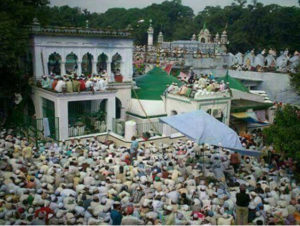
Ghazi Miyan’s shrine. Credits: Maharajatrails.com
In the villages of eastern UP, the term ‘Panchpiriya’ encompassed equally godlings, worthies and local Muslim saints. Ghazi Miyan and the upright Amina Sati figured in most such groupings, but with curious anomalies. Among the caste of Kahar-palanquin bearers, the ferocious Amina Bhavani was ‘the most venerated’ of their Panchon Pirs—a bloody mother goddess who, uncharacteristically for a Panchpiriya godling, received ‘libations of wine and a young pig’ as offerings. The potters of Basti who worshipped Panchon Pir alongside a clutch of local godlings and forest deities were careful not to offer pigs to these Muslim godlings—‘Musalmani deotār’ as the Panchpiriyas were called generically. Muslim devotees of the Ghazi also shared their Five Pirs with sundry local deified beings, mother goddesses, guardian deities, and disease-causing and repelling worthies. Musalman bangle sellers and armourers propitiated the Hindu goddesses of destruction. Similarly, darzi-tailors and Ghosi herdsmen, ardentworshippers of Ghazi Miyan, retained ‘like many other lower Muhammadan tribes, some Hindu belief and practices’.
The archetypal Panchpiriya follower was a low-caste Hindu, usually from the eastern Banaras-Gorakhpur region. ‘A panchpiriya is a Hindu who worships Musalman saints’—Ghazi Miyan, Hathila, Parihar, Sahja Mai, and Ajab Salar—noted an authoritative compendium on Bihar Peasant Life.
The 1911 Census of UP put the ‘total population of the Hindu castes who worship[ped] these five saints’ at 13.5 million, laying stress on the fact that ‘of the 53 castes devoted to the Panchpiriyas in the province, 44 were ‘wholly or partly Hindus.’7 That was for the province as a whole.
Forty years earlier in 1873 at the Bahraich Fair, ‘the proportion of Mahomedans … was … [found to be] less than the Hindoos’.
The Muslim devotees were largely weavers, cotton carders, butchers and Jats—low-bred razla as these were characterised in a major historical work of early nineteenth century. As for the Hindus, Koris, Kurmi and Ahir peasants and cowherds were the largest groups among the 105,306 pilgrims who entered the shrine on Sunday, 18 May 1873.

A picture from the Ghazi Miyan fair. Credits: livehindustan.com
We know the exact number as entry to the fair that year to was regulated by district officials by the sale of 1 paisa tickets. Local officials were emphatic that it were the Hindu menu peuple (nānh jāt in the local dialect) who were the pukka or ‘real’ devotees of the Miyan. These non-Muslim lower castes appeared ‘to have more belief in Syud Salar than the rest’; they came into the shrine ‘leaping and jumping with the flag bearer[s]’ and made the most offerings of flags, chadars and cash at the Bahraich shrine. Akbar Ali, a junior functionary stationed at the fair in 1873, identified them as ‘the people of the East’—the purabiyas from Gorakhpur-Banaras—‘who came only wearing a “Dhoti”’.
The translation from the Urdu is jarring, but the awkward sartorial image of the true devotee is intriguing and requires some unpacking. Clearly, these pilgrims—members of the Ghazi’s ‘marriage parties’ as they perceived themselves—did not march bare-chested in the scorching heat of May all the way from their villages ‘only wearing a long dhoti’ tied at the waist. Something has been lost in the translation, for it was customary both for the groom and for male members of a marriage party to wear yellow dhotis, dyed traditionally with turmeric or safflower. The curious allusion to the Hindu devotees’ attire, it seems, is a pointer rather to their coloured dhotis, for the same officer set them apart from the ‘white clothes wearing … people of Bahraich who had gone’ to the shrine ‘for the purpose of witnessing the fair’, and who ‘seldom went inside to offer anything’.
Now the dyeing of dhotis was not the norm in eastern UP and Bihar. Mārkīn, that is, mill-made cloth with the distinguishing ‘mark’ of English or Indian mills, was the cloth most used for dhotis, and it was usually white. Where white was customary, the dyeing of cloth had a special significance attached to it. Dhotis are still dyed primarily for marriages and other special occasions, ritual and social—even political. When in 1922, peasants in the Gorakhpur district of eastern UP consciously donned the mantle of Congress volunteers as part of Gandhi’s ‘army’ of non-cooperators, they marched wearing yellow-dyed dhotis. Piyari, or the coloured dhotis worn by males of a groom’s party, were clearly in evidence at Bahraich that summer of 1873—an extension to the fair of a ritual practice followed more routinely at home. Indeed, the Panchon Pir or ‘Heroes Five’, when propitiated at domestic altars, received the special presents due to a groom: the characteristic maur head dress, the full-length dhoti, or the smaller ‘langot’ which grooms put on for a full body massage. The offering of the yellow dhoti or smaller langot was also the norm with two other groom-godlings: Hardiha Lala and the eponymous Dulha Deo.
Hardiha Lala or Hardaul was the ‘great cholera godling’ of north India, propitiated during an epidemic with the sacrifice of ‘goats, fowls and suckers.’ However, among the potters, Hardaul had become ‘a household godling’, worshipped with the cooked food and condiments associated with marriage rituals. And this groom-godling was offered ‘a pair of loin-cloths (dhoti) dyed with turmeric’.
In central India, Hardaul, if propitiated, ensured that weddings took place as scheduled, unmarred by rain or storm. At the slightest sign of a brewing storm, a prayer was offered in praise of the hero. The trope of a storm disrupting marriage is also central to the Ghazi Miyan pilgrimage: an early nineteenth-century poetic description of the festivals of north India alluded to the popular belief that the storm is caused every year by an ogre trying to sweep the fairground clean. For the pilgrims constituting the Ghazi’s marriage party, it is a dust storm that disrupts his marriage at Bahraich on a yearly basis.
The preeminent groom-godling of the tribal communities of the plateau of the Son in Mirzapur and central India was Dulha Deo. In several variants, the groom is killed by lightening or turned to stone on his way to the bride. During the marriage season he was worshipped in the family’s kitchen, and ‘at weddings oil and turmeric [were] offered to him’19—as these are routinely rubbed on the groom’s body in all marriages, including the fateful one of Ghazi Miyan in the month of Jeth in 1034 CE.
It is these intriguing parallels that appear to make Dulha Deo and Ghazi Miyan so alike—both ‘of the class of divine youths, snatched away from life at the height of their strength and beauty’, as a nineteenth-century ethnographer put it. Killed by a tiger before the consummation of his marriage in one variant, for some scholars Dulha Deo was perhaps ‘absorbed into the Ghazi Miyan corpus … to facilitate … the adoption of the [warrior saint] cult by the non- Muslims’ of north India.
Whether parallels suggest that key structural elements of one, presumably prior cult are consciously grafted on to a subsequent cult remains an open question. In any event, merely seeking structural parallels subtracts from the particular inversion of marriage/death embedded in the Ghazi Miyan story.
The poignancy of the Ghazi-Groom story lies crucially in the unraveling of the lines of fate: a mother forewarned of the death of her (long-desired) son at his marriage, yet persisting with the celebrations. It is this tragic figure of mother Mamula straining at the wheel of fortune and failing to turn it around that makes the Ghazi saga more than a death of a bridegroom story. That destiny intervenes, not as the bland binary of victory and death in battle, but as a righteous call to ‘save the cows’, imbues a social dimension to the relatively straightforward tragedy of a groom’s death, foreclosing the possibility of consummation and procreation.
And crucially for history, it is not the transposition of a prior groom-godling on to the figure of Ghazi Miyan, but the obeisance paid to a Turkic warrior saint by a representative swath of Hindu society over several centuries, that propels continually the afterlife of Salar Masud as a hero located in an identifiable conflictual past of the early eleventh century—the time of seventeen incursions into northern India by purported uncle Sultan Mahmud of Ghazni.
That the tensility of the Ghazi Miyan cult may have inhered in a layered memorialisation of medieval Turkish conquerors bewildered the late nineteenth-century British officer-ethnographers. The writer of the 1891 Census Report, which recorded over 1.5 million ‘special worshippers of Panchon Pir’ in UP, faced some difficulty explaining the origin and development of the cult. It was the sheer incredibility, matched by numbers ‘of the adoption into the Hindu system as …beneficient … divinities … those men who were most instrumental in the subjection of Hindus to an alien rule’ that puzzled the Census Commissioner.
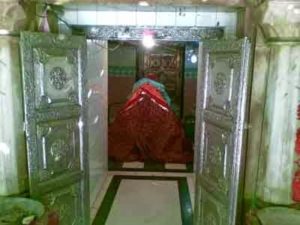
The grave of Ghazi Miyan. Credits: scroll.in
For the data were unequivocal that ‘even the Brahman makes his daily offerings of food and water to the spirits of the great [Ghazi] Pir and his associates, and for the low caste man the household worship of the five Pirs is in many districts his sole religious trust’. Officer D. C. Bailee ventured that the cult ‘probably spread through its early adoption by low caste converts [to Islam] who … found their gods … [whom] they had abandoned … in the dead heroes, whom genuine Muhammadans reverenced [sic] as martyrs who had fallen on behalf of their faith’. Unable to quite explain the wide appeal of the cult, Bailee asked his readers to imagine a sequence by which ‘the worship of the low caste Muhammadans at shrines dotted all over the country and known by all extended to the low caste and then to all Hindus’.
One additional feature added to the puzzlement of the English officer: ‘the Muhammdan origin of the worship even when adopted into the households of Hindus is never forgotten’.
It is Muslim Dafalis and servitors of the shrine who benefit from this conundrum of Hindu religiosity, concluded this official notice on the Ghazi Miyan phenomenon—a theme picked up in subsequent decades by publicists out to wean ‘innocent Hindu peasants’ from the clutches of charlatan Dafalis.
Late nineteenth-century notices marvelled at the amazing crossreligious hold of the Ghazi cult even among the most unlikely of communities. It was reported that while thieving in the great fairs of north India, the nefarious Bawarias scrupulously abstained from plundering the tomb and the fair of Ghazi Miyan. Instead, they went annually as pilgrims, and offered their own lahbar (flag) to the Bahraich shrine. There seems to be no reason to believe that this was a new development. Another such ‘criminal caste’, the Barwars, laid aside 1 per cent of their pickings from other fairs while propitiating the Panchpiriya, their ‘tutelary god’, in an elaborate domestic ritual:
“Each Barwar family keeps a small altar in honour of this tutelary god in his house, in the shape of a tomb, at which in the month of Bhadon (August) of every year, on the third or the fifth day of the first half of the month, he sacrifices a domestic fowl and bakes thin loaves of bread called “lugra”, and then gives both the bread and the meat of the sacrificed fowl, together with cooked dāl of gram [chane ki dāl], to a Musalman beggar [Dafali?], who goes about from house to house beating on a kettle-drum.”
That was in the 1880s.
In the Mewat region of villages near Delhi, Dafalis on the day of his martyrdom carried a procession of the Ghazi’s flag, singing in his honour and begging through the main village site and its satellite settlements.
At the other end of the sprawling province of UP, an ethnographic study of an eastern UP village suggests that well into the 1940s, each household of the caste of Teli oil pressers similarly had a clay altar in its house dedicated to Ghazi Miyan.
Every year on return from the Bahraich pilgrimage, householders would offer a big feast (kandūri): goats were sacrificed to the saint and money gifted to the Dafali. At the key domestic puja, the Dafalis were treated like Brahmans: the Teli householders washing their feet, and sprinkling this water inside their houses. The Dafalis would then sing and drum, in an effort to induce Ghazi Miyan to possess one member of the family. In Senapur (the village studied by Cornell University anthropologists in early 1950s), all Teli oil pressers, Kalwar distillers and ‘a majority of clean shudra and untouchable population as well, worshipped Ghazi Miyan as a family god’
By 1953, the ‘ethnographic present’ of the anthropologist Jack Planalp, the cult of Ghazi Miyan had suffered a decline in Senapur. Only two Nonia makers of saltpeter, earth-diggers, households and a few untouchable Chamar leather tanners and more generally agricultural labourers’ families worshipped the Ghazi in the early 1950s, and that too as an individual deity rather than as a ‘family god’. The dominant Thakur landlords of the village had succeeded in enforcing a ban on the public display of the Ghazi’s flag. Dafalis were now restricted to taking out their procession in the segregated untouchable Chamar quarters, away from the main village site. Even then, women of all castes continued to ascribe misfortunes in the family to the dereliction of the Ghazi’s worship. Oil presser Telis seem to have retained their close association with Ghazi Miyan. To this day, a miniature nuptial cot is taken out annually to Bahraich from the house of a Rudauli Teli in celebration of that marriage that death had stymied in the summer of 1034 CE! Nor has the Bahraich Fair been reduced to a solely Muslim affair.
This excerpt has been carried with the permission of Shahid Amin, author of ‘Conquest and Community: The afterlife of Warrior Saint Ghazi Miyan’. You can buy the book here.

Shahid Amin is a retired Professor of History at the University of Delhi. Event, Metaphor, Memory: Chauri Chaura, 1922-1992 (1995), Writing Alternative Histories: A View from India(2002) and Conquest and Community: The Afterlife of Warrior Saint Ghazi Miyan (2005) are some of his seminar works. He has been a visiting fellow at Stanford, Chicago, Columbia and Princeton Universities. He had received his D.Phil. from Oxford University.
| 2500 BC - Present | |
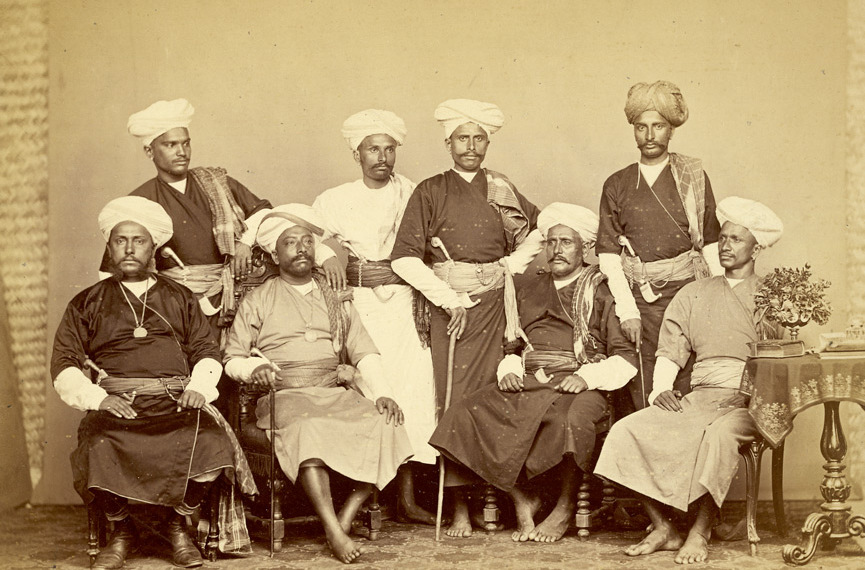
|
2500 BC - Present |
| Tribal History: Looking for the Origins of the Kodavas | |
| 2200 BC to 600 AD | |
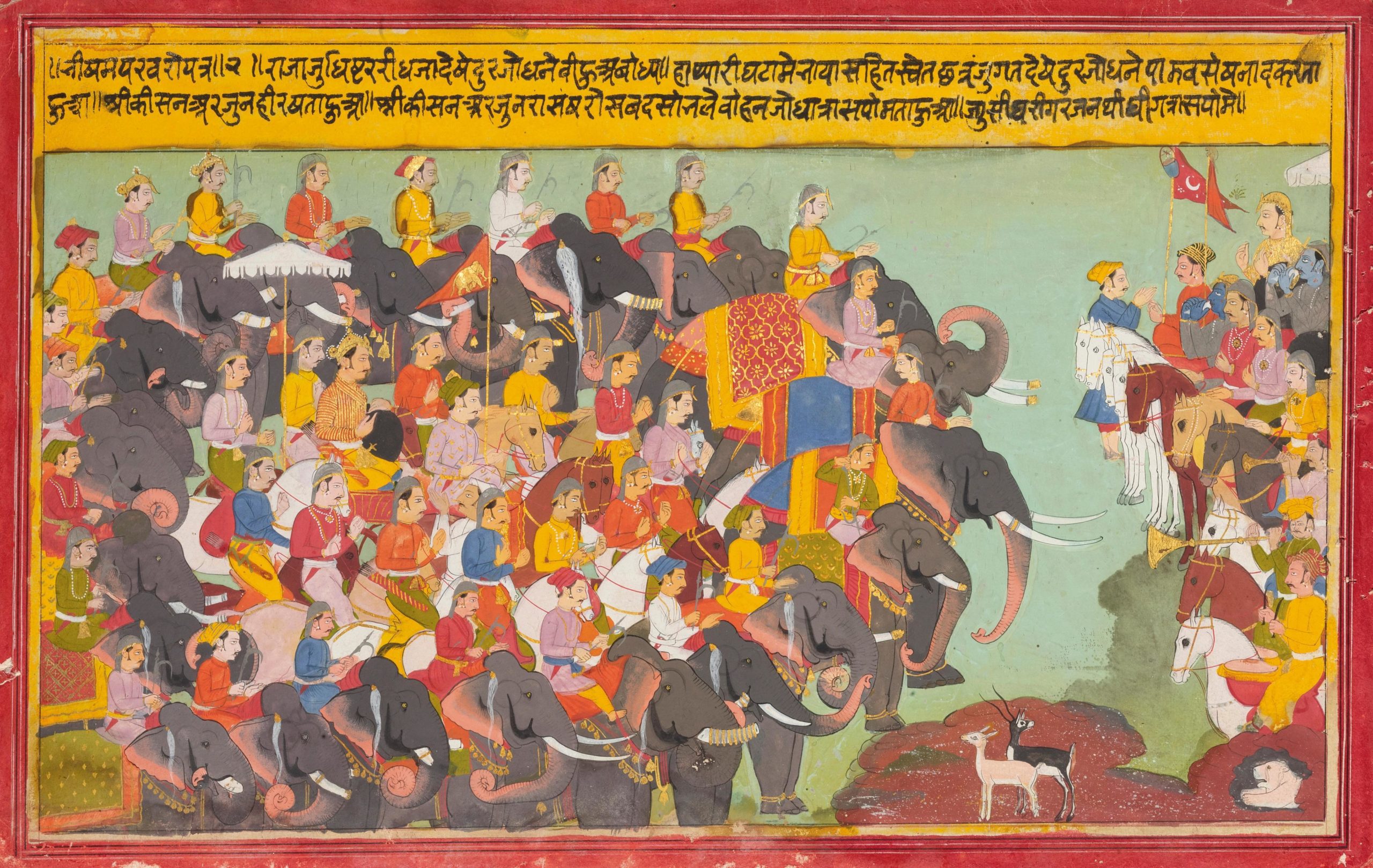
|
2200 BC to 600 AD |
| War, Political Violence and Rebellion in Ancient India | |
| 400 BC to 1001 AD | |
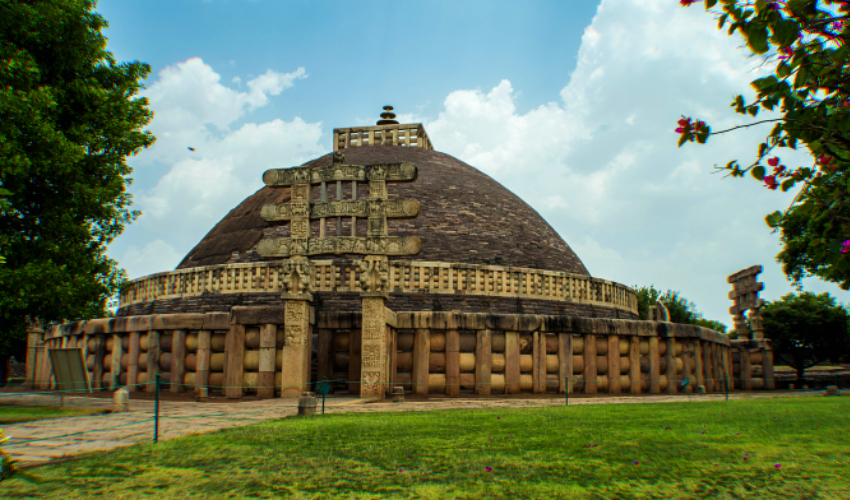
|
400 BC to 1001 AD |
| The Dissent of the ‘Nastika’ in Early India | |
| 600CE-1200CE | |
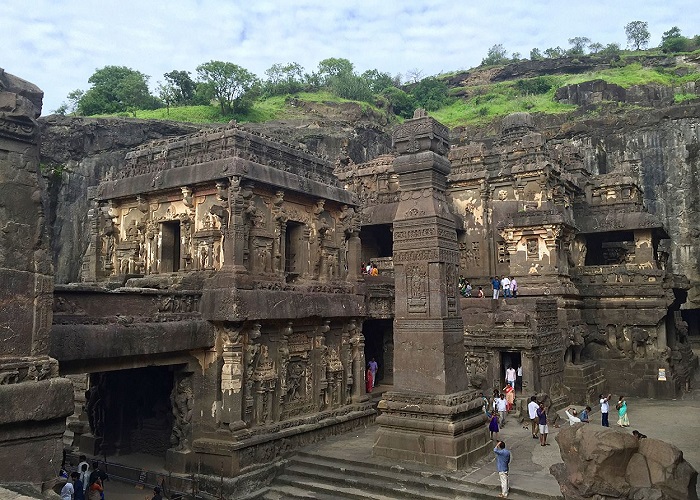
|
600CE-1200CE |
| The Other Side of the Vindhyas: An Alternative History of Power | |
| c. 700 - 1400 AD | |
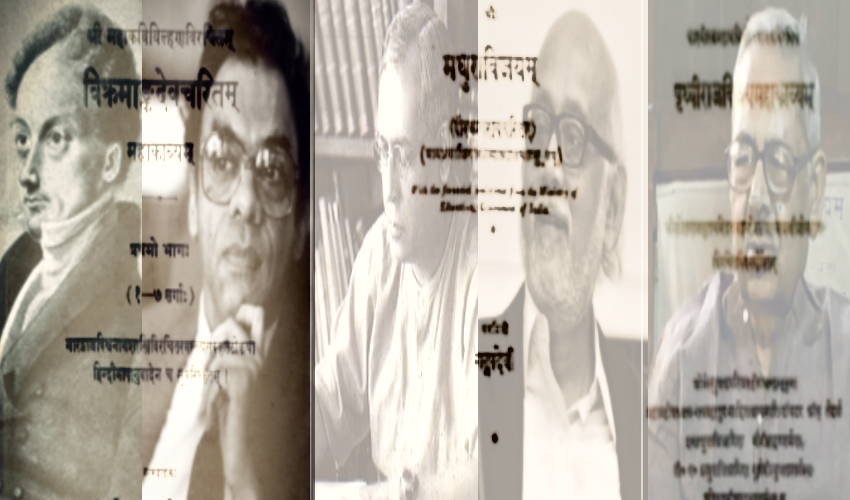
|
c. 700 - 1400 AD |
| A Historian Recommends: Representing the ‘Other’ in Indian History | |
| c. 800 - 900 CE | |

|
c. 800 - 900 CE |
| ‘Drape me in his scent’: Female Sexuality and Devotion in Andal, the Goddess | |
| 1192 | |
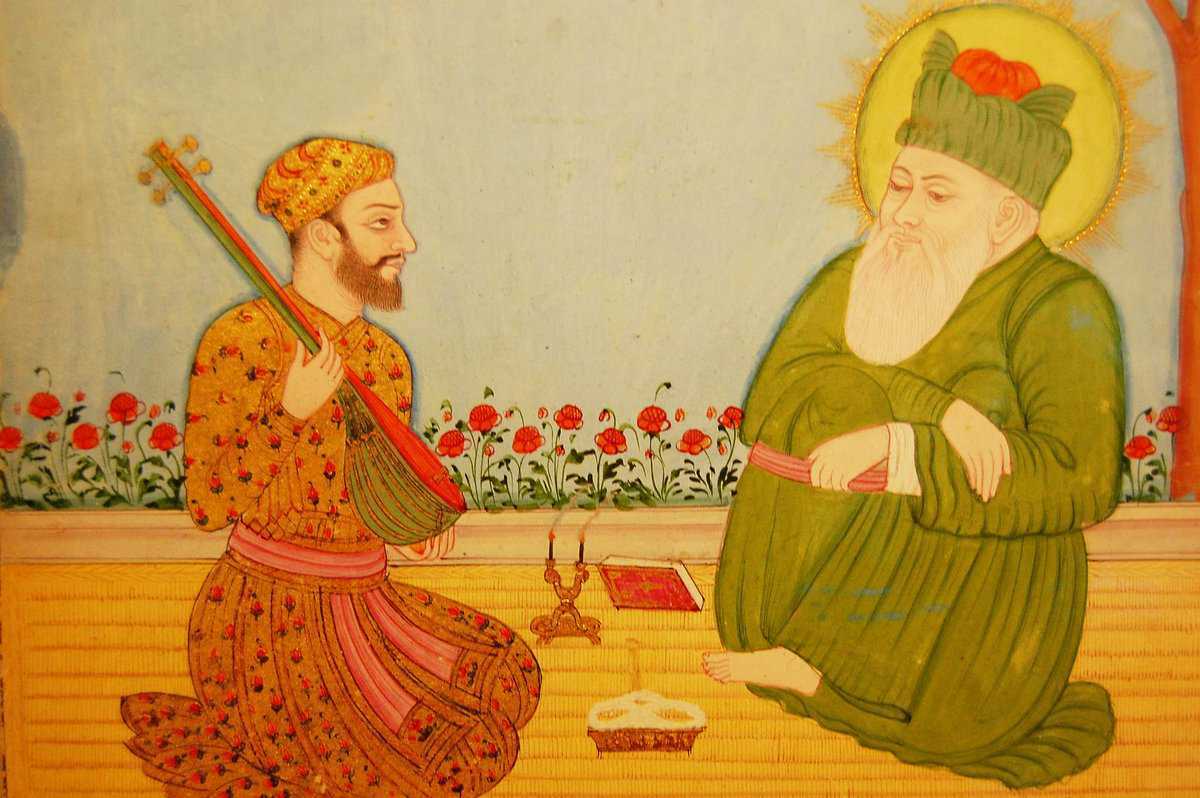
|
1192 |
| Sufi Silsilahs: The Mystic Orders in India | |
| 1200 - 1850 | |
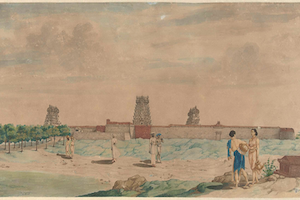
|
1200 - 1850 |
| Temples, deities, and the law. | |
| c. 1500 - 1600 AD | |
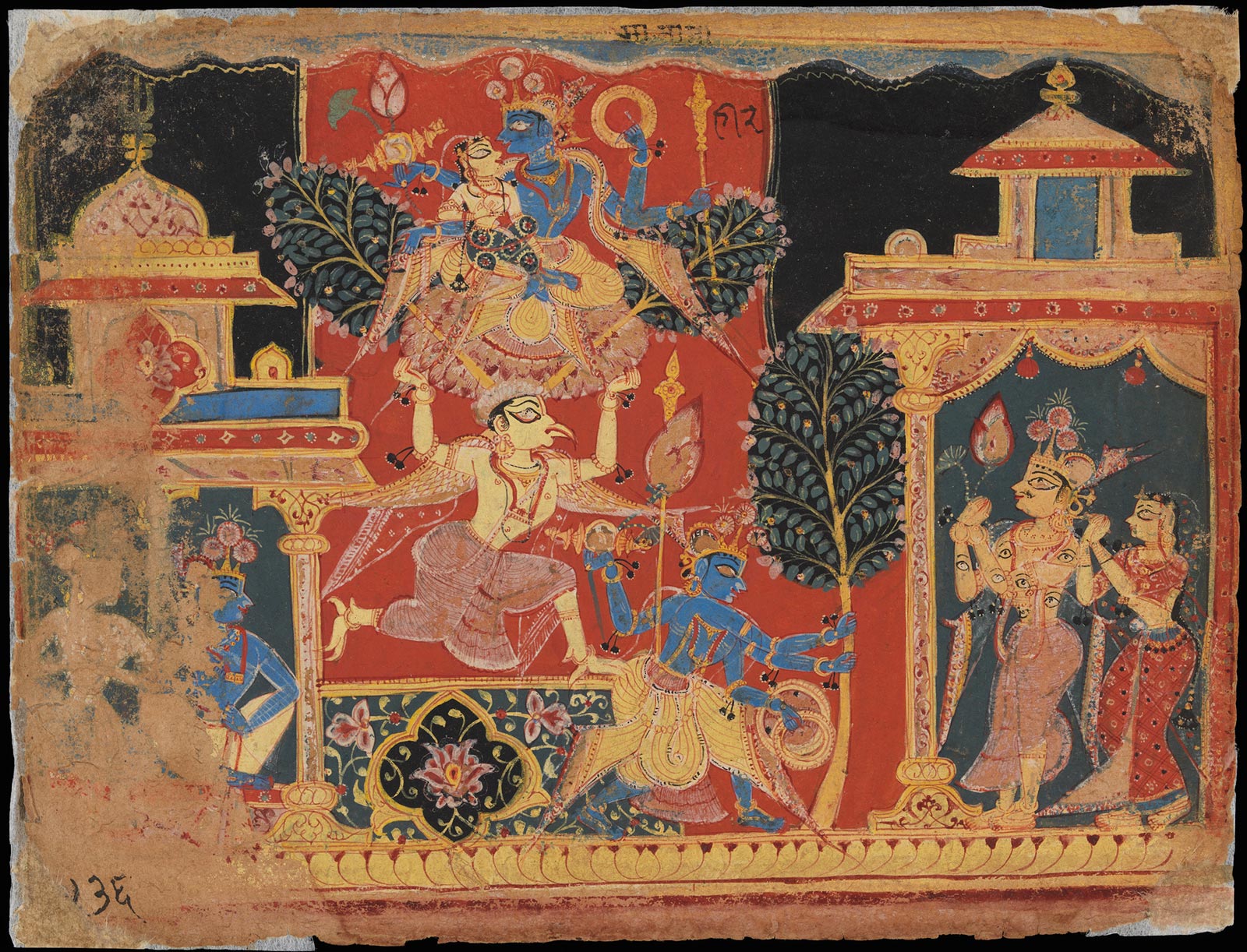
|
c. 1500 - 1600 AD |
| A Historian Recommends: Religion in Mughal India | |
| 1200-2020 | |
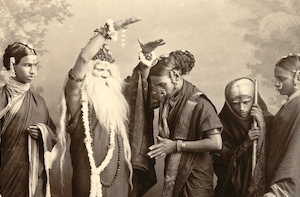
|
1200-2020 |
| Policing Untouchables and Producing Tamasha in Maharashtra | |
| 1530-1858 | |
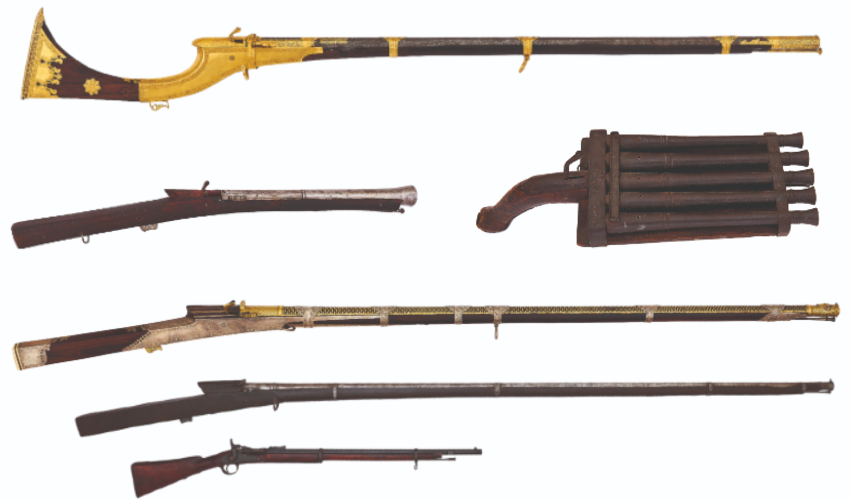
|
1530-1858 |
| Rajputs, Mughals and the Handguns of Hindustan | |
| 1575 | |
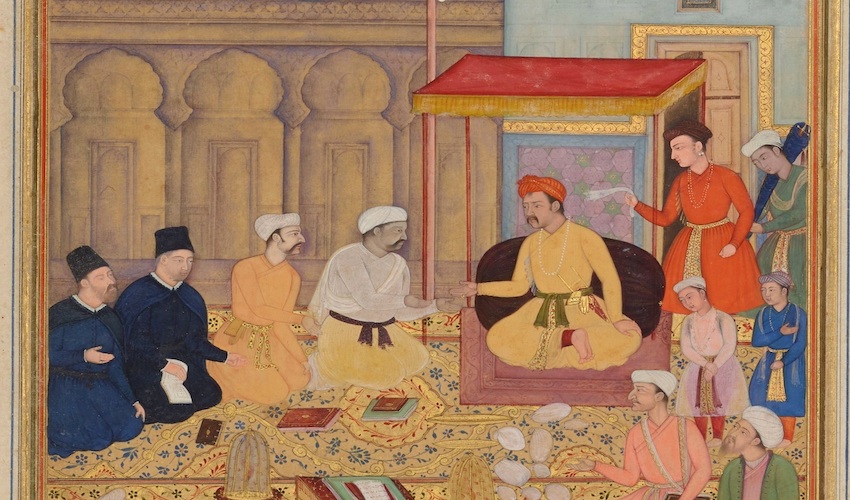
|
1575 |
| Abdul Qadir Badauni & Abul Fazl: Two Mughal Intellectuals in King Akbar‘s Court | |
| 1579 | |
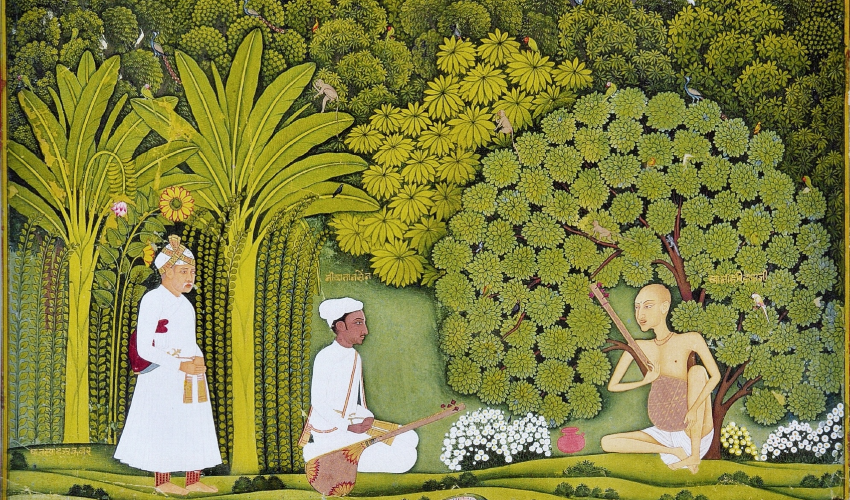
|
1579 |
| Padshah-i Islam | |
| 1550-1800 | |
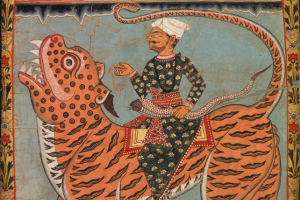
|
1550-1800 |
| Who are the Bengal Muslims? : Conversion and Islamisation in Bengal | |
| c. 1600 CE-1900 CE | |

|
c. 1600 CE-1900 CE |
| The Birth of a Community: UP’s Ghazi Miyan and Narratives of ‘Conquest’ | |
| 1553 - 1900 | |
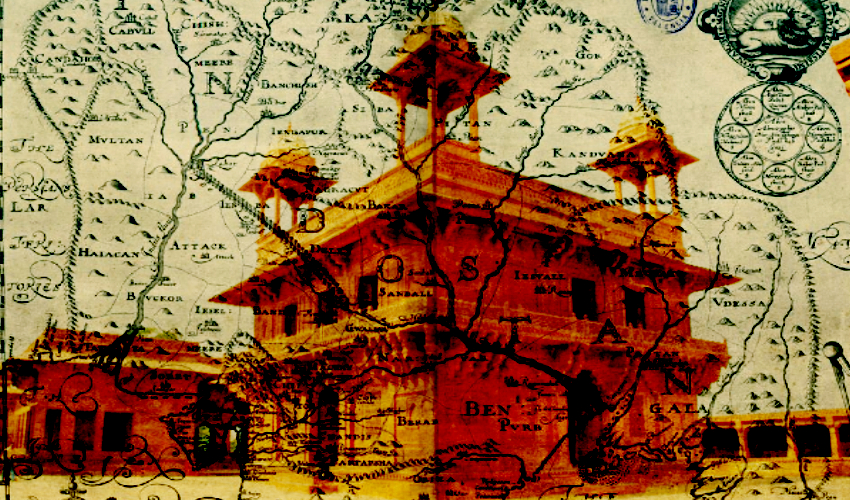
|
1553 - 1900 |
| What Happened to ‘Hindustan’? | |
| 1630-1680 | |
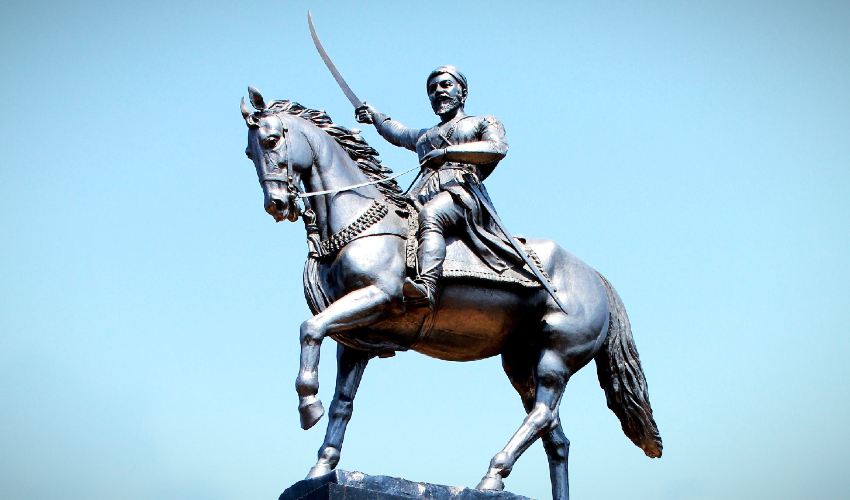
|
1630-1680 |
| Shivaji: Hindutva Icon or Secular Nationalist? | |
| 1630 -1680 | |
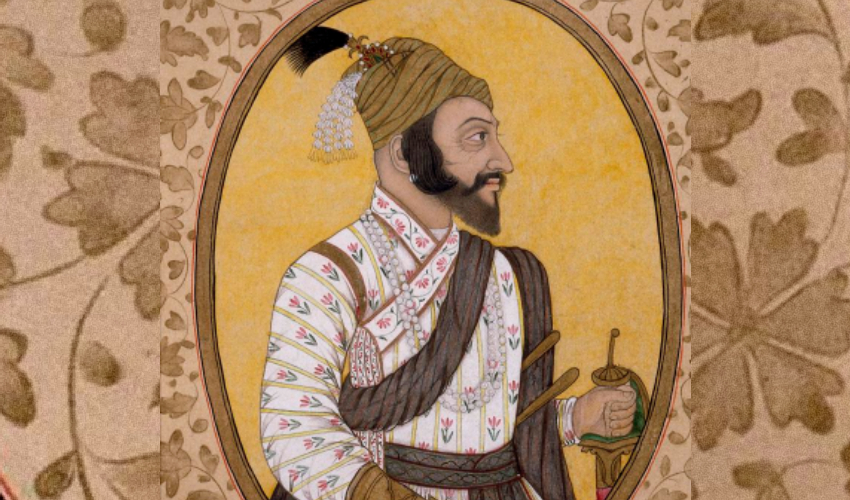
|
1630 -1680 |
| Shivaji: His Legacy & His Times | |
| c. 1724 – 1857 A.D. | |

|
c. 1724 – 1857 A.D. |
| Bahu Begum and the Gendered Struggle for Power | |
| 1818 - Present | |
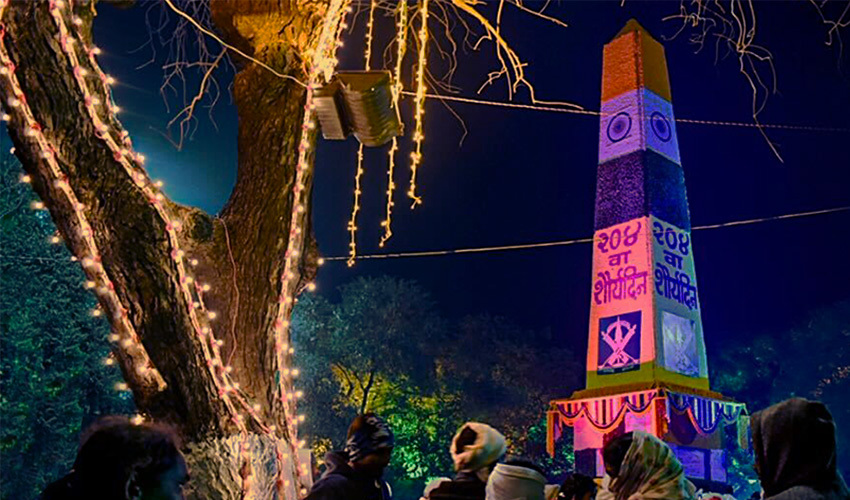
|
1818 - Present |
| The Contesting Memories of Bhima-Koregaon | |
| 1831 | |
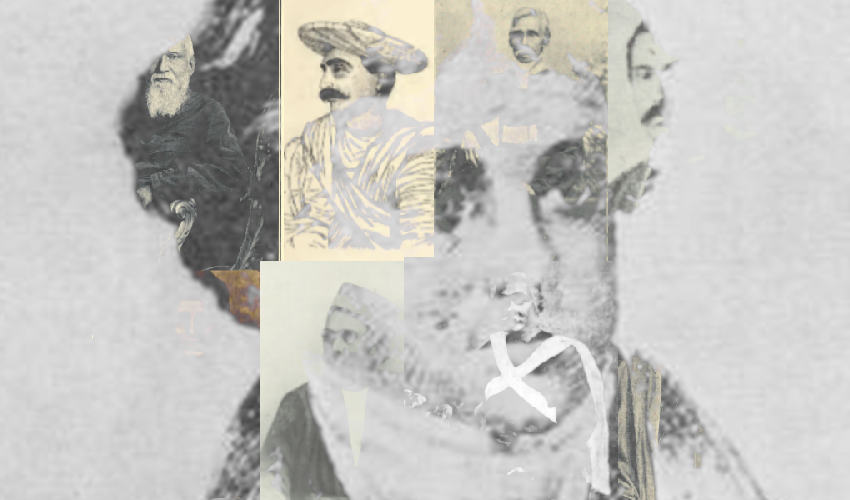
|
1831 |
| The Derozians’ India | |
| 1855 | |
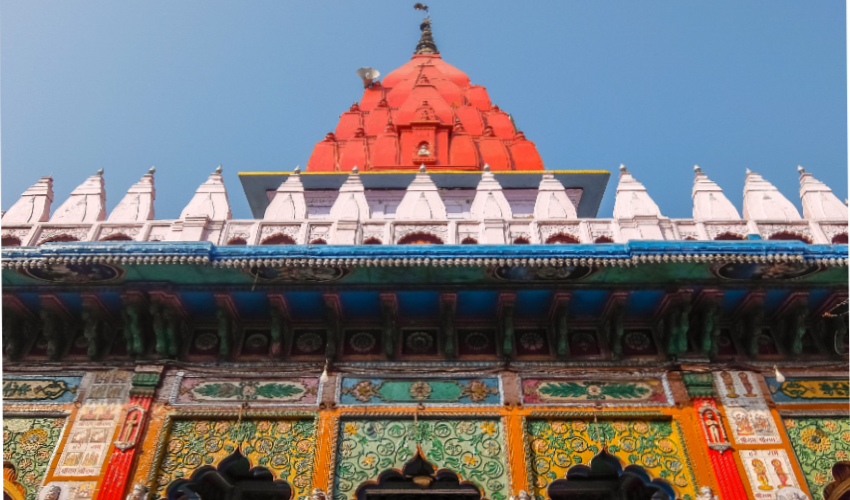
|
1855 |
| Ayodhya 1855 | |
| 1856 | |
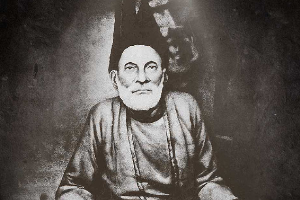
|
1856 |
| “Worshipping the dead is not an auspicious thing” — Ghalib | |
| 1857 | |
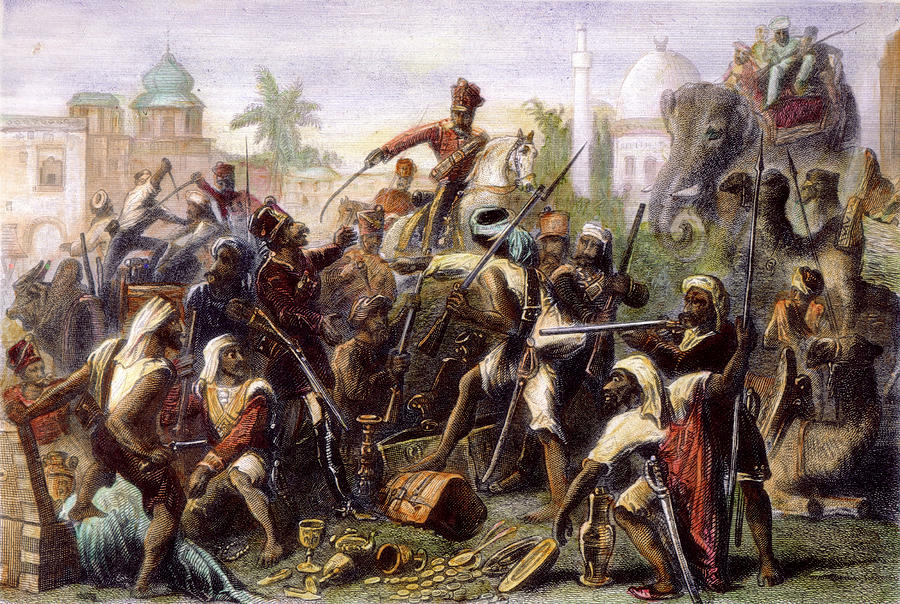
|
1857 |
| A Subaltern speaks: Dalit women’s counter-history of 1857 | |
| 1858 - 1976 | |
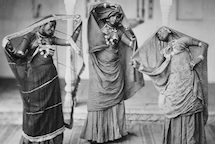
|
1858 - 1976 |
| Lifestyle as Resistance: The Curious Case of the Courtesans of Lucknow | |
| 1883 - 1894 | |
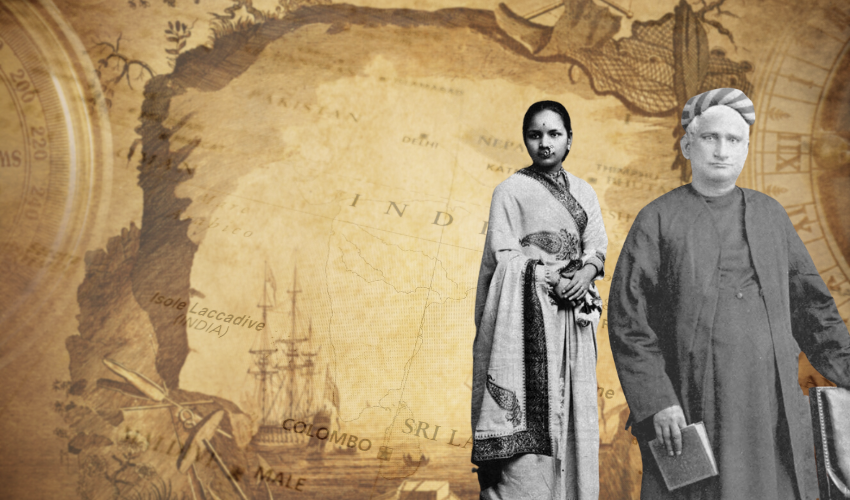
|
1883 - 1894 |
| The Sea Voyage Question: A Nineteenth century Debate | |
| 1887 | |
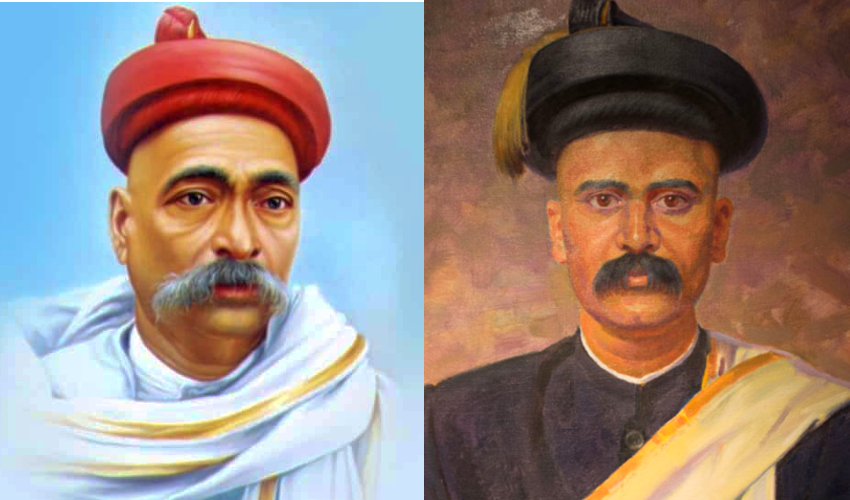
|
1887 |
| The Great Debaters: Tilak Vs. Agarkar | |
| 1893-1946 | |

|
1893-1946 |
| A Historian Recommends: Gandhi Vs. Caste | |
| 1897 | |
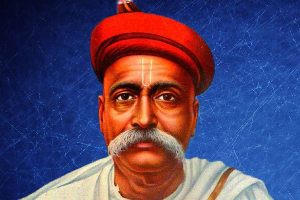
|
1897 |
| Queen Empress vs. Bal Gangadhar Tilak: An Autopsy | |
| 1913 - 1916 Modern Review | |
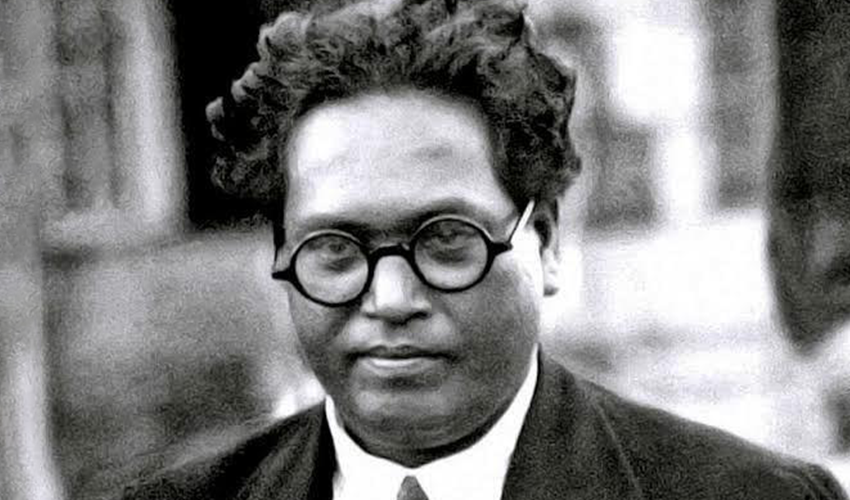
|
1913 - 1916 |
| A Young Ambedkar in New York | |
| 1916 | |
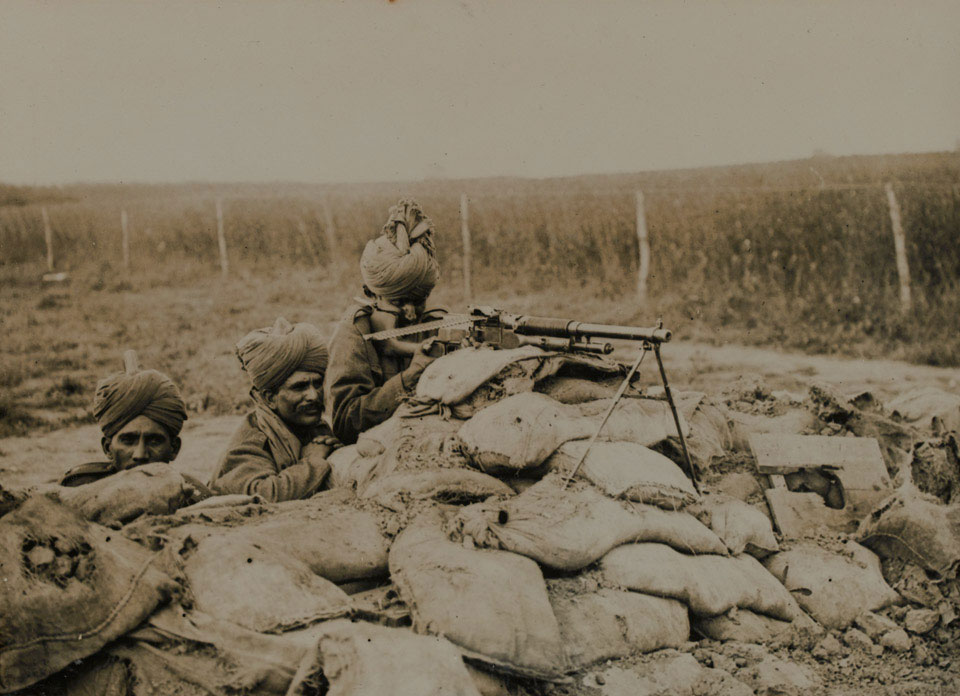
|
1916 |
| A Rare Account of World War I by an Indian Soldier | |
| 1917 | |
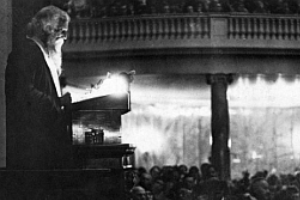
|
1917 |
| On Nationalism, by Tagore | |
| 1918 - 1919 | |
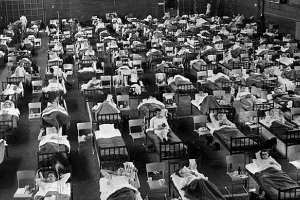
|
1918 - 1919 |
| What Happened to the Virus That Caused the World’s Deadliest Pandemic? | |
| 1920 - 1947 | |
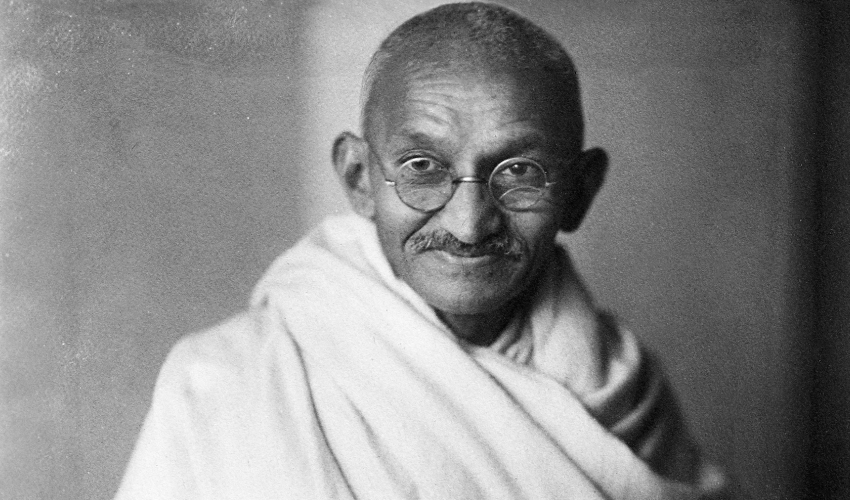
|
1920 - 1947 |
| How One Should Celebrate Diwali, According to Gandhi | |
| 1921 | |
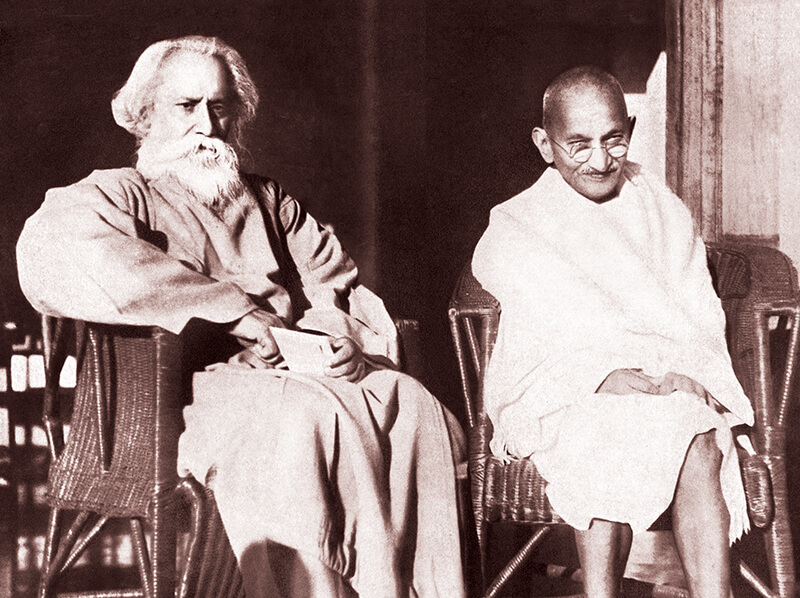
|
1921 |
| Great Debates: Tagore Vs. Gandhi (1921) | |
| 1921 - 2015 | |

|
1921 - 2015 |
| A History of Caste Politics and Elections in Bihar | |
| 1915-1921 | |

|
1915-1921 |
| The Satirical Genius of Gaganendranath Tagore | |
| 1924-1937 | |
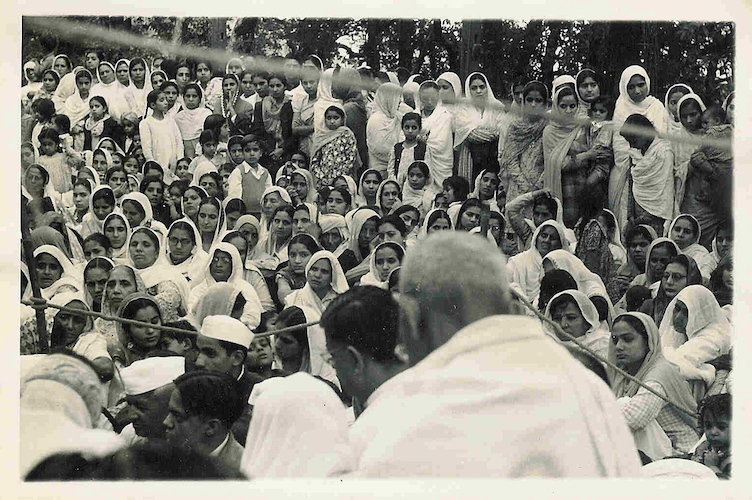
|
1924-1937 |
| What were Gandhi’s Views on Religious Conversion? | |
| 1900-1950 | |
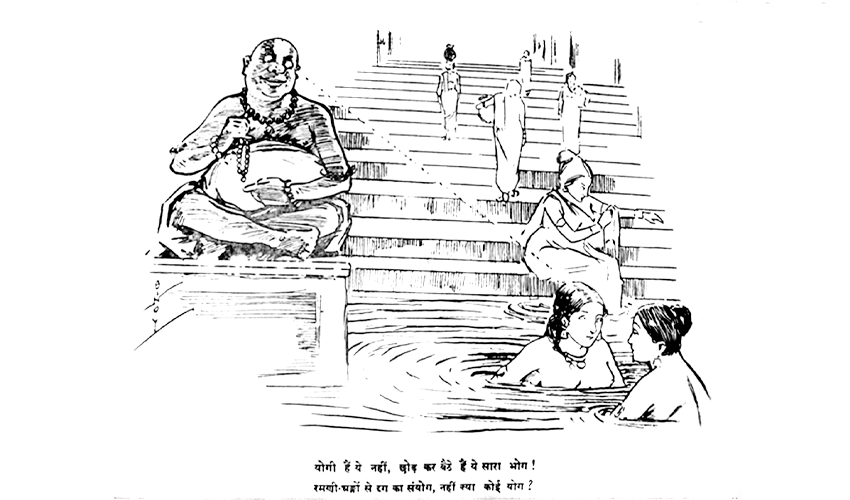
|
1900-1950 |
| Gazing at the Woman’s Body: Historicising Lust and Lechery in a Patriarchal Society | |
| 1925, 1926 | |
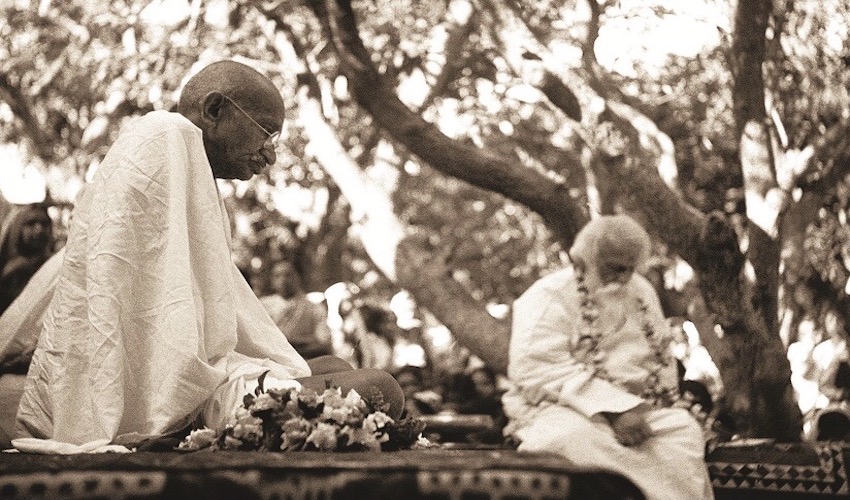
|
1925, 1926 |
| Great Debates: Tagore vs Gandhi (1925-1926) | |
| 1928 | |
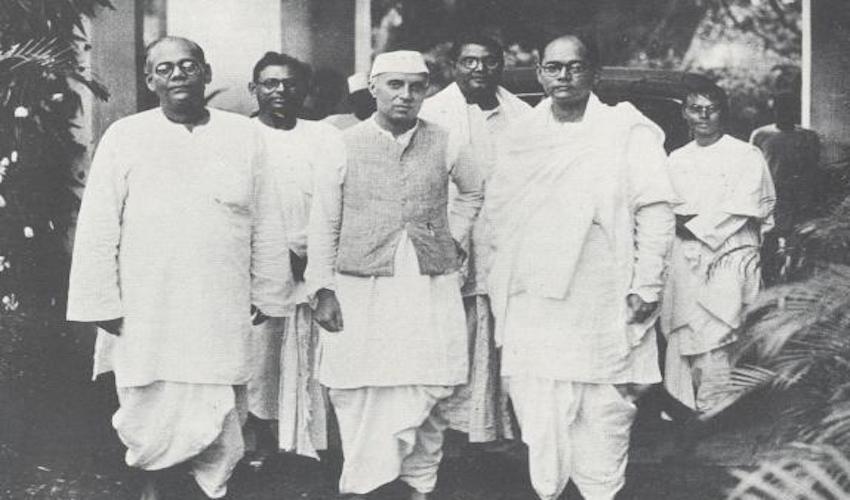
|
1928 |
| Bhagat Singh’s dilemma: Nehru or Bose? | |
| 1930 Modern Review | |
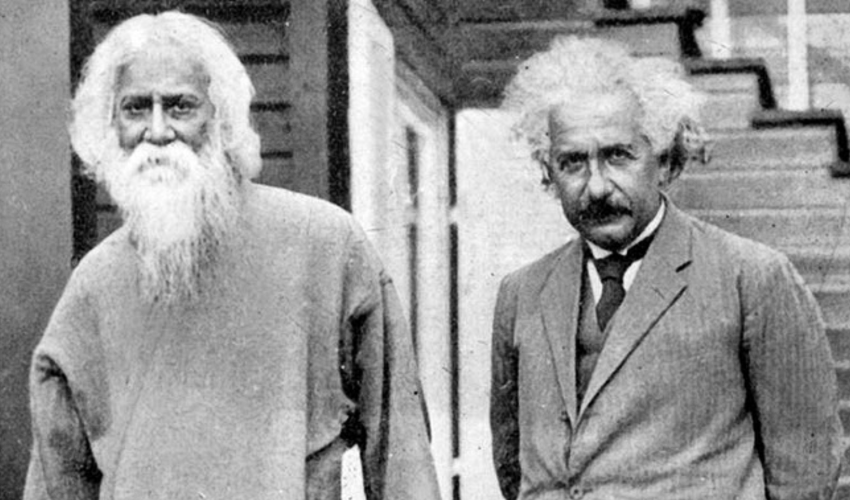
|
1930 |
| The Modern Review Special: On the Nature of Reality | |
| 1932 | |
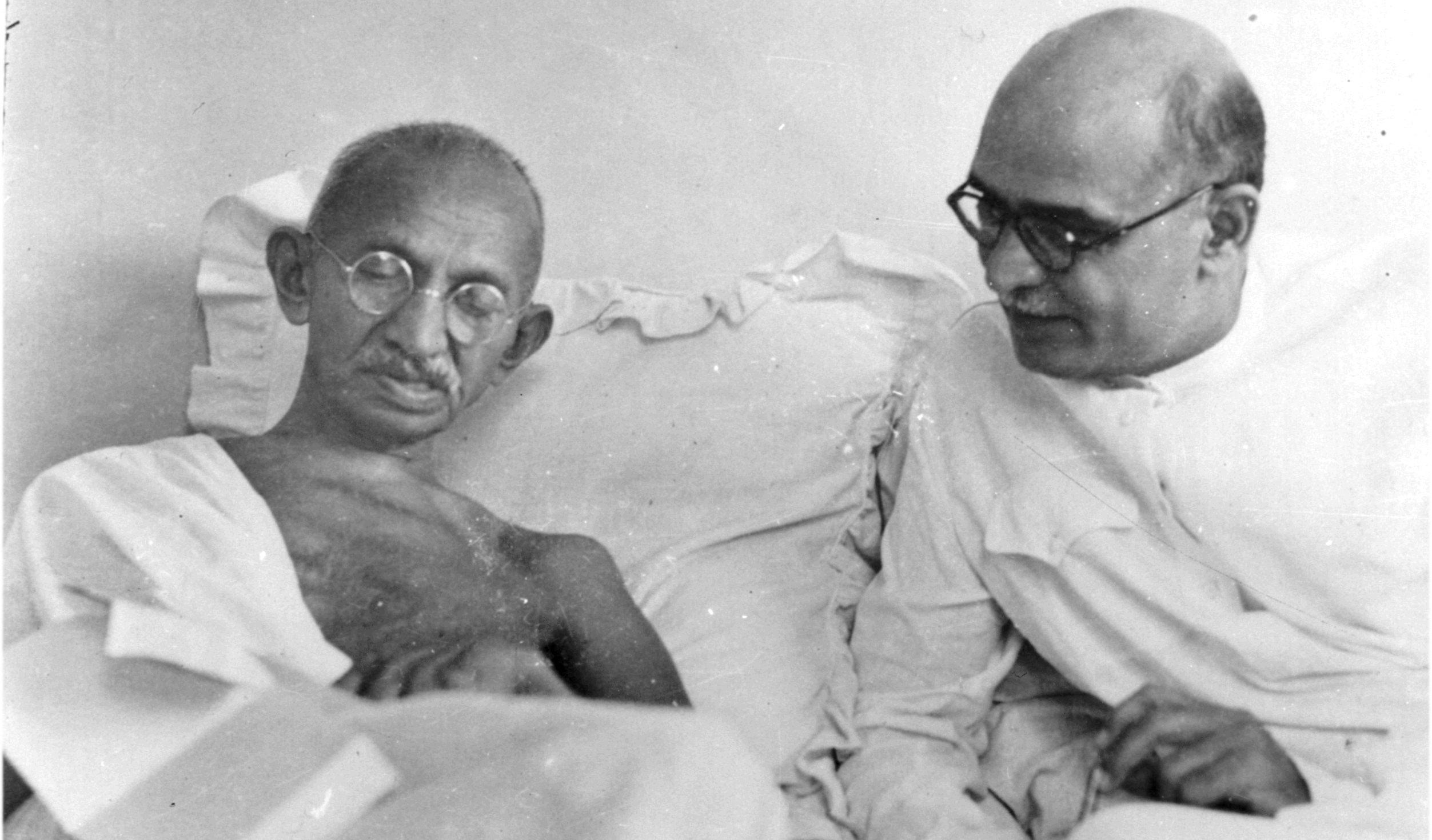
|
1932 |
| Caste, Gandhi and the Man Beside Gandhi | |
| 1933 - 1991 | |
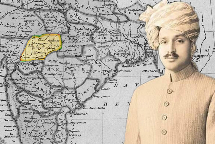
|
1933 - 1991 |
| Raghubir Sinh: The Prince Who Would Be Historian | |
| 1935 | |
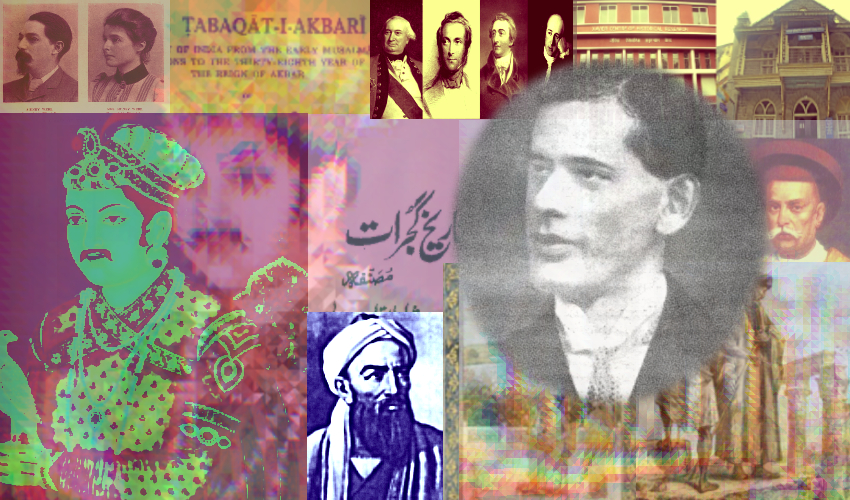
|
1935 |
| A Historian Recommends: SA Khan’s Timeless Presidential Address | |
| 1865-1928 | |
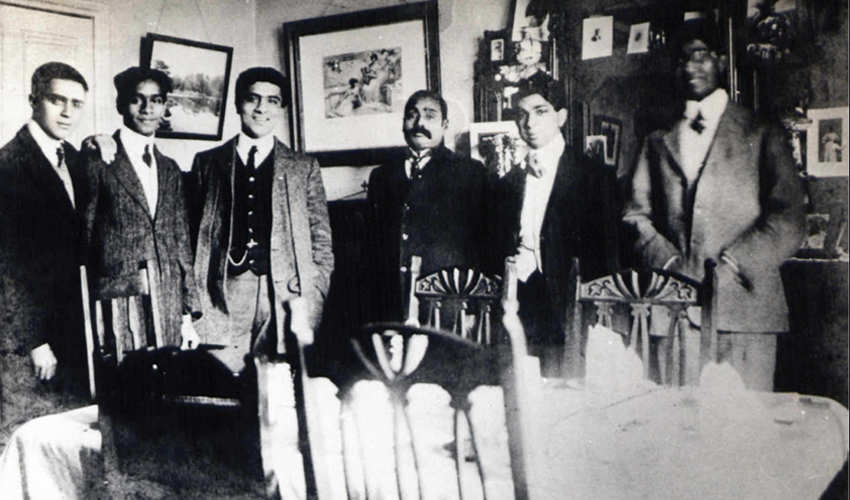
|
1865-1928 |
| Understanding Lajpat Rai’s Hindu Politics and Secularism | |
| 1935 Modern Review | |
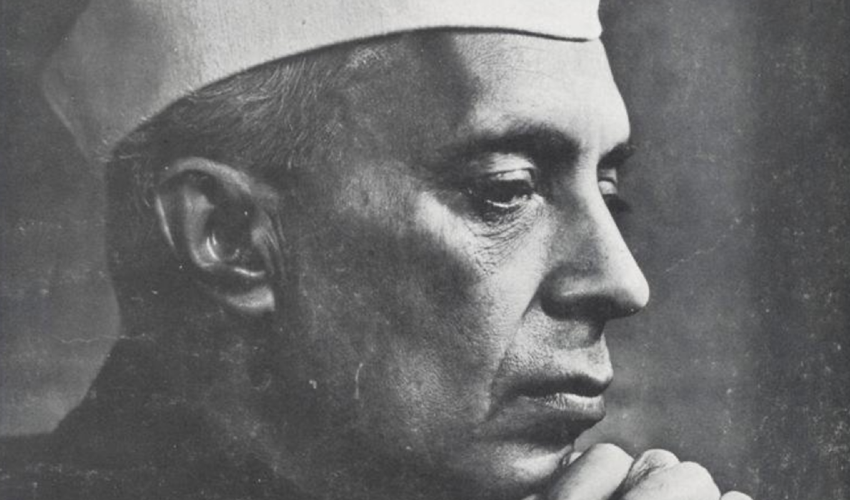
|
1935 |
| The Modern Review Special: The Mind of a Judge | |
| 1936 Modern Review | |
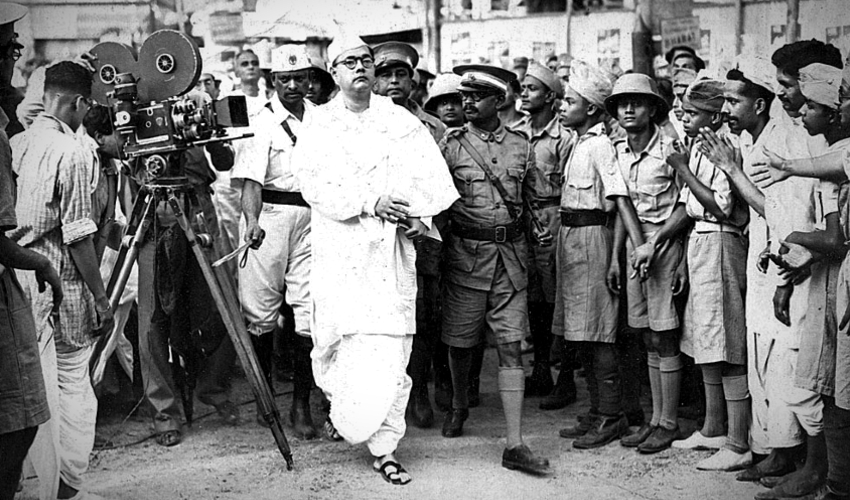
|
1936 |
| The Modern Review Special: When Netaji Subhas Bose Was Wrongfully Detained for ‘Terrorism’ | |
| 1936 | |

|
1936 |
| Annihilation of Caste: Part 1 | |
| 1936 Modern Review | |

|
1936 |
| The Modern Review Special: An Indian MP in the British Parliament | |
| 1936 | |
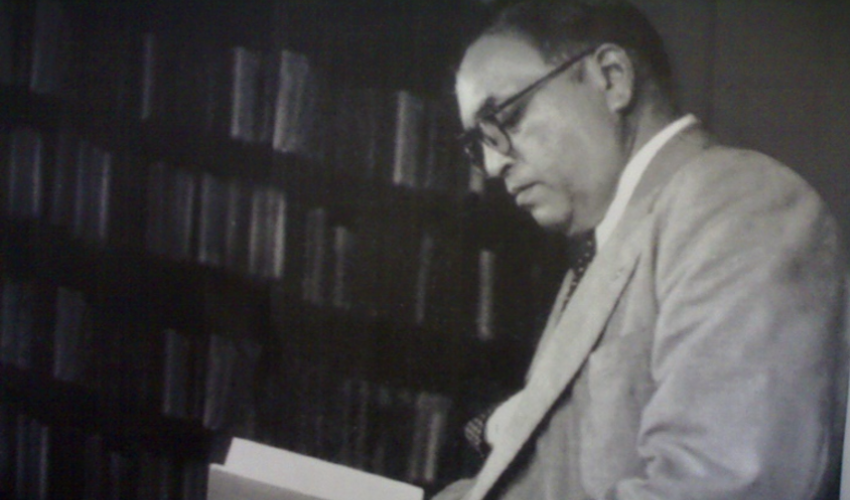
|
1936 |
| Annihilation of Caste: Part 2 | |
| 1936 | |

|
1936 |
| A Reflection of His Age: Munshi Premchand on the True Purpose of Literature | |
| 1936 Modern Review | |
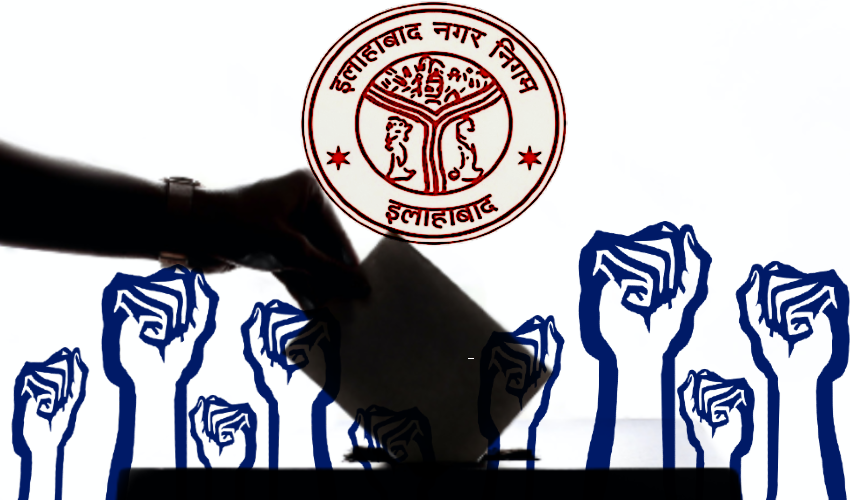
|
1936 |
| The Modern Review Special: The Defeat of a Dalit Candidate in a 1936 Municipal Election | |
| 1937 Modern Review | |
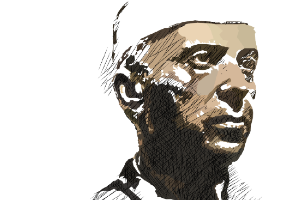
|
1937 |
| The Modern Review Special: Rashtrapati | |
| 1938 | |
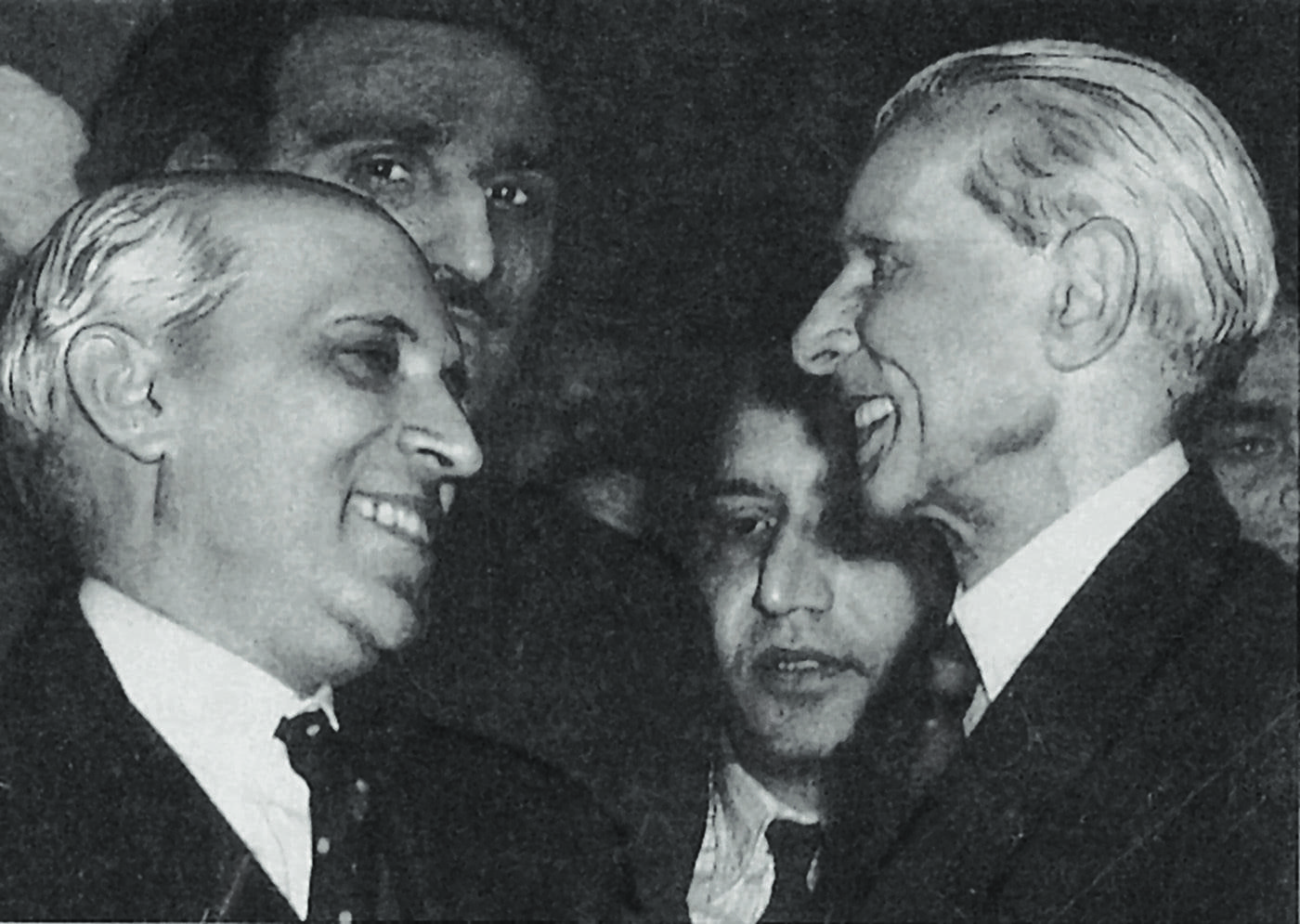
|
1938 |
| Great Debates: Nehru Vs. Jinnah (1938) | |
| 1942 Modern Review | |
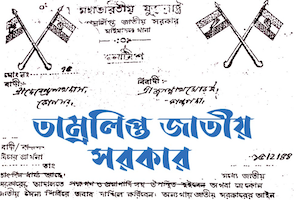
|
1942 |
| IHC Uncovers: A Parallel Government In British India (Part 1) | |
| 1942-1945 | |

|
1942-1945 |
| IHC Uncovers: A Parallel Government in British India (Part 2) | |
| 1946 | |
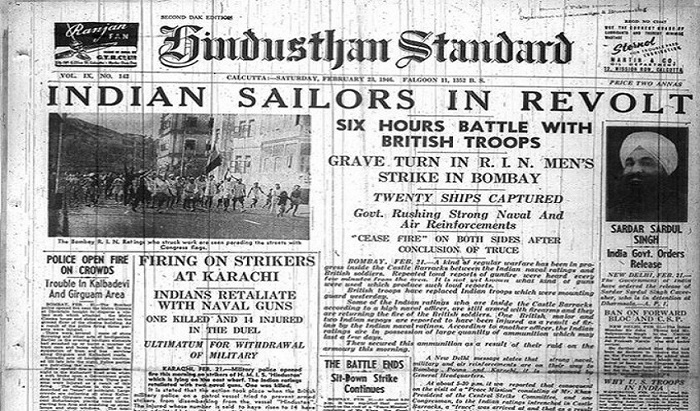
|
1946 |
| Our Last War of Independence: The Royal Indian Navy Mutiny of 1946 | |
| 1946 | |
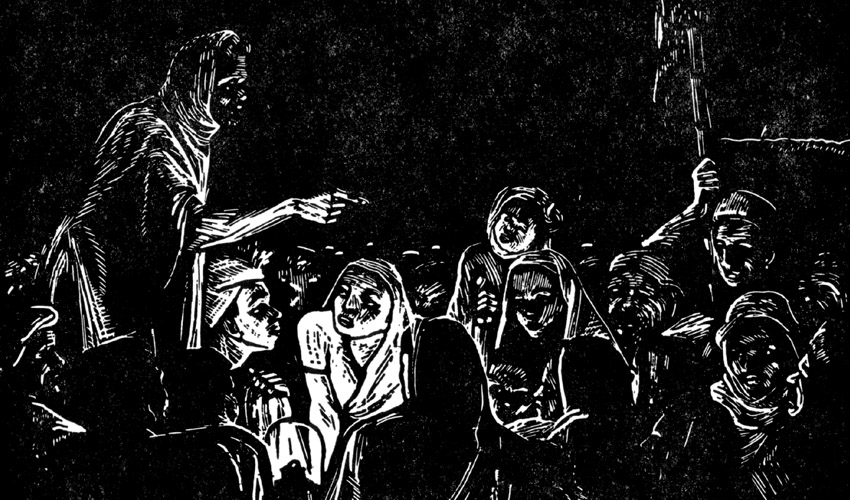
|
1946 |
| An Artist’s Account of the Tebhaga Movement in Pictures And Prose | |
| 1946 – 1947 | |

|
1946 – 1947 |
| “The Most Democratic People on Earth” : An Adivasi Voice in the Constituent Assembly | |
| 1946-1947 | |
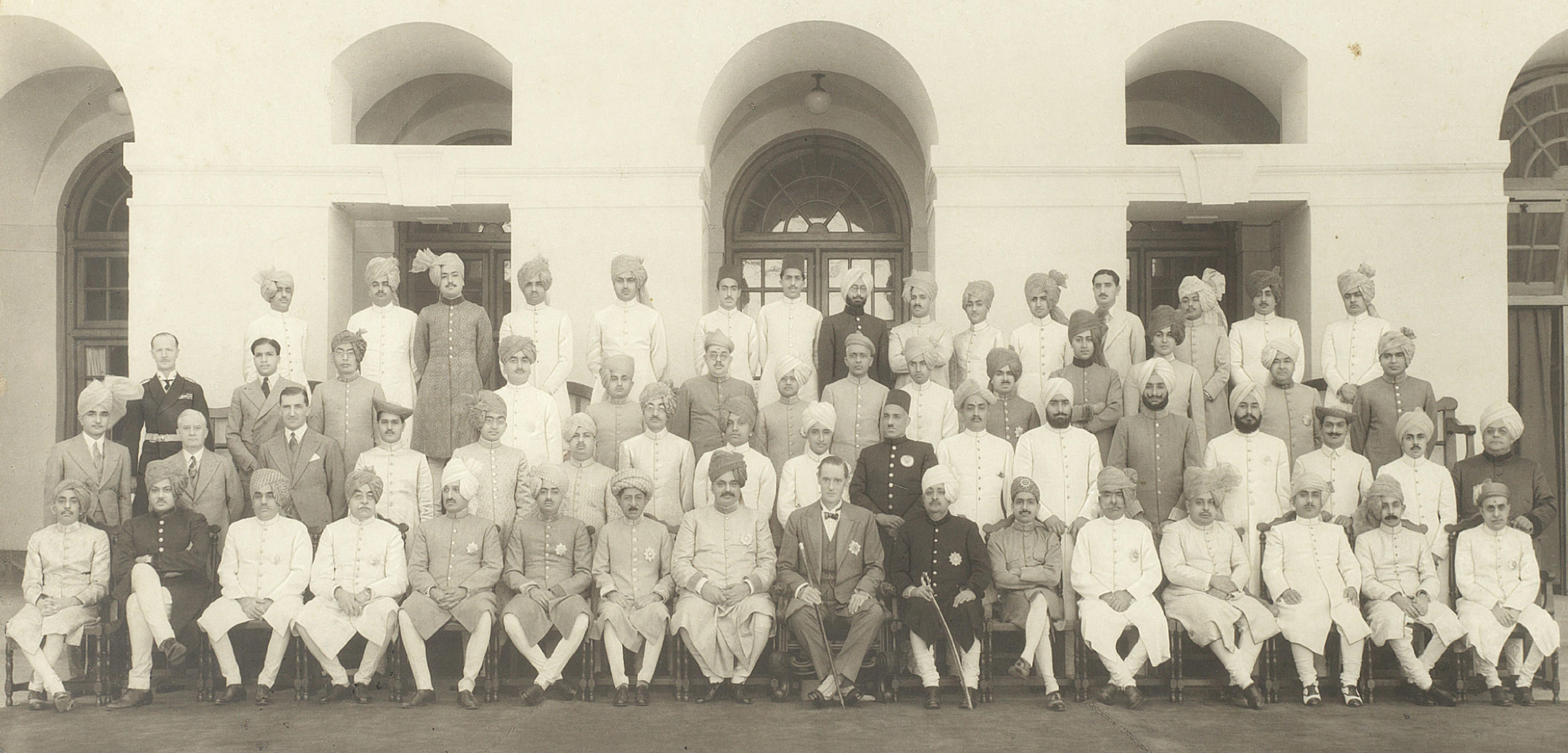
|
1946-1947 |
| VP Menon and the Birth of Independent India | |
| 1916 - 1947 | |
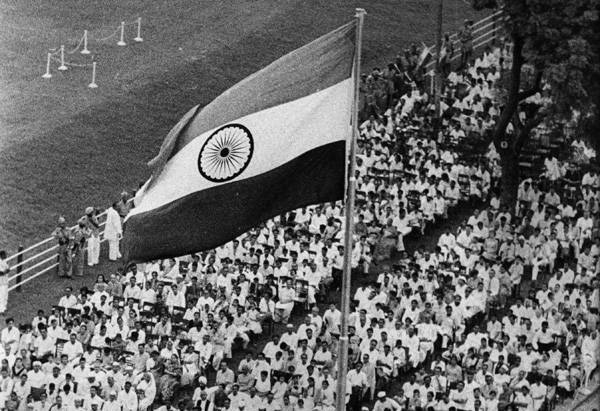
|
1916 - 1947 |
| 8 @ 75: 8 Speeches Independent Indians Must Read | |
| 1947-1951 | |
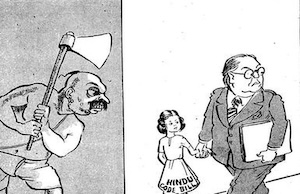
|
1947-1951 |
| Ambedkar Cartoons: The Joke’s On Us | |
| 1948 | |

|
1948 |
| “My Father, Do Not Rest” | |
| 1940-1960 | |

|
1940-1960 |
| Integration Myth: A Silenced History of Hyderabad | |
| 1948 | |
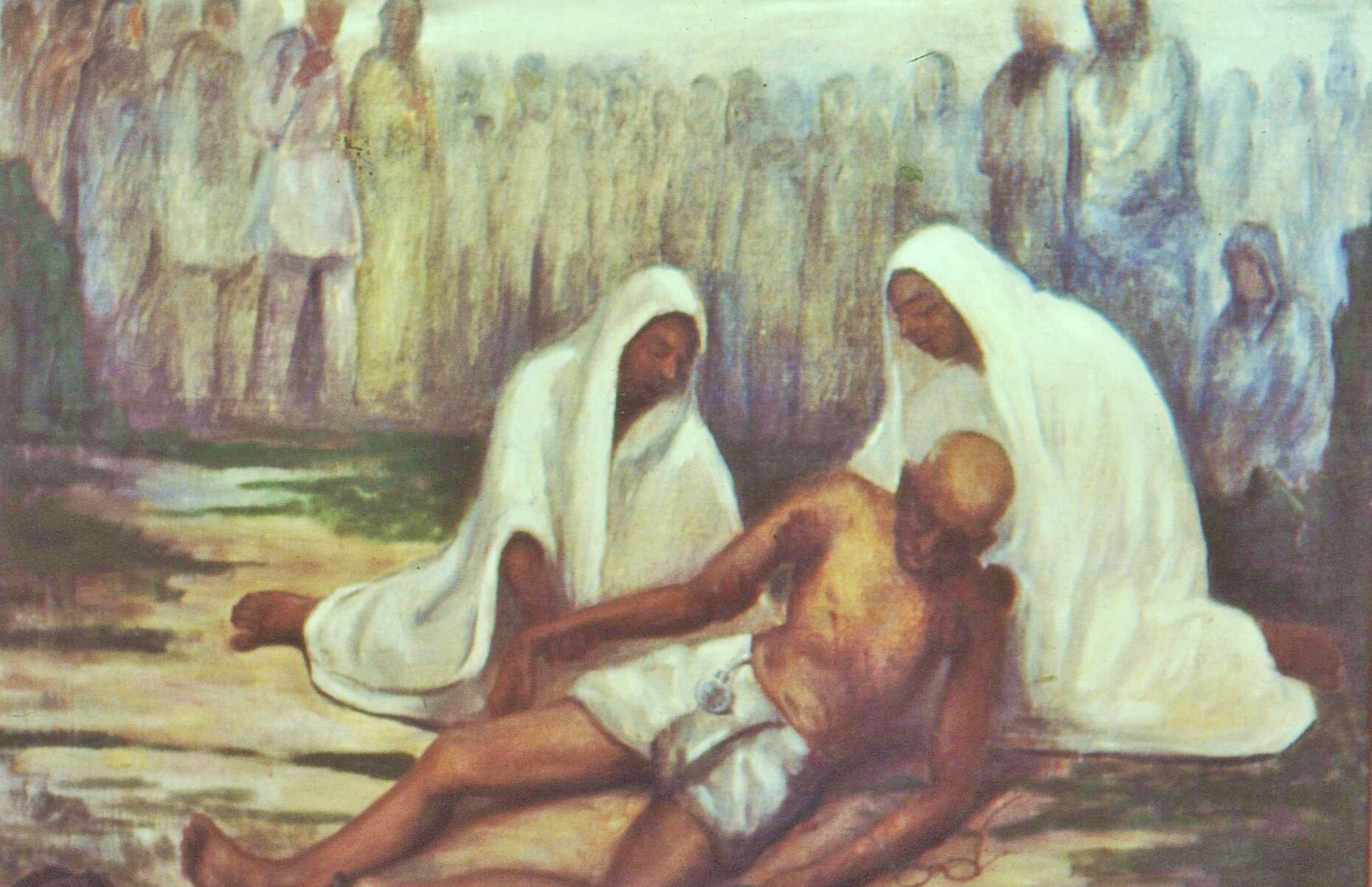
|
1948 |
| The Assassination of a Mahatma, the Princely States and the ‘Hindu’ Nation | |
| 1949 | |
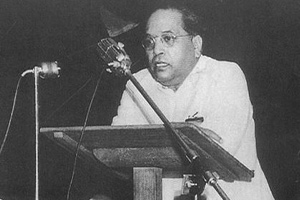
|
1949 |
| Ambedkar warns against India becoming a ‘Democracy in Form, Dictatorship in Fact’ | |
| 1950 | |
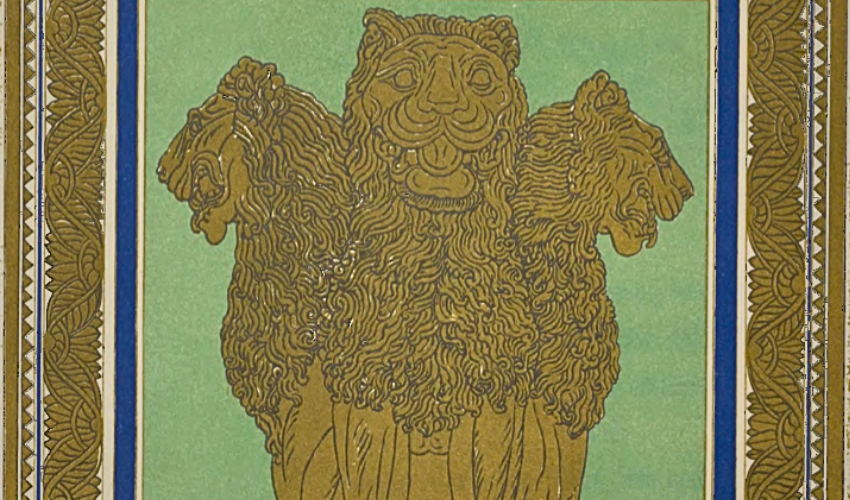
|
1950 |
| Illustrations from the constitution | |
| 1951 | |
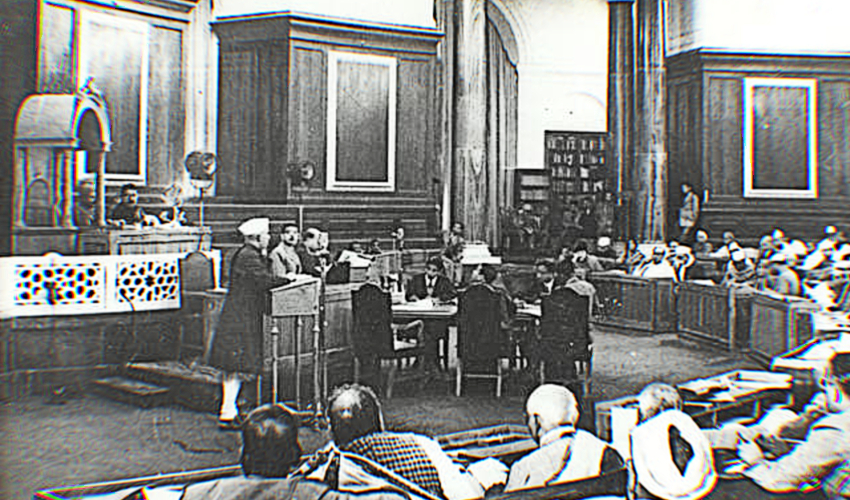
|
1951 |
| How the First Amendment to the Indian Constitution Circumscribed Our Freedoms & How it was Passed | |
| 1967 | |
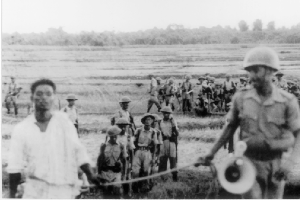
|
1967 |
| Once Upon A Time In Naxalbari | |
| 1970 | |
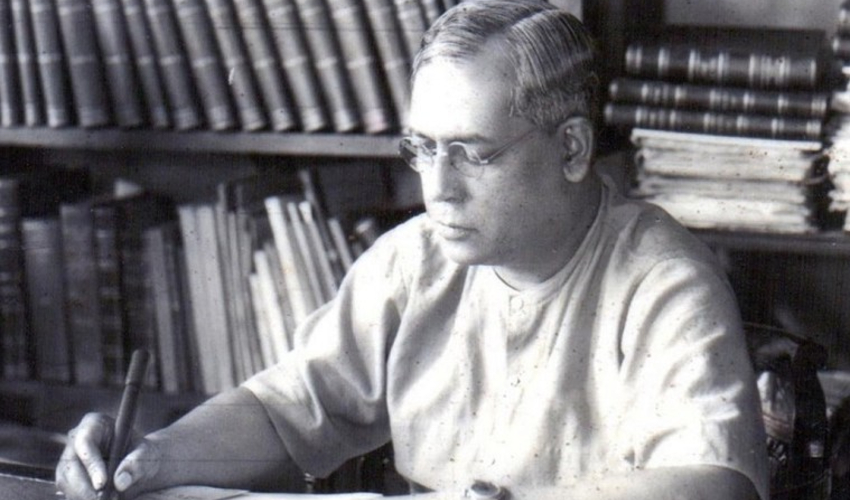
|
1970 |
| R.C. Majumdar on Shortcomings in Indian Historiography | |
| 1973 - 1993 | |
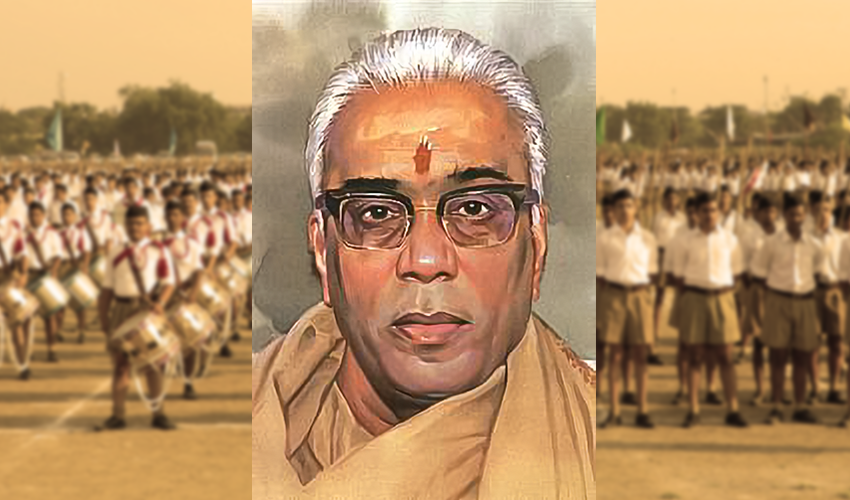
|
1973 - 1993 |
| Balasaheb Deoras: Kingmaker of the Sangh | |
| 1975 | |
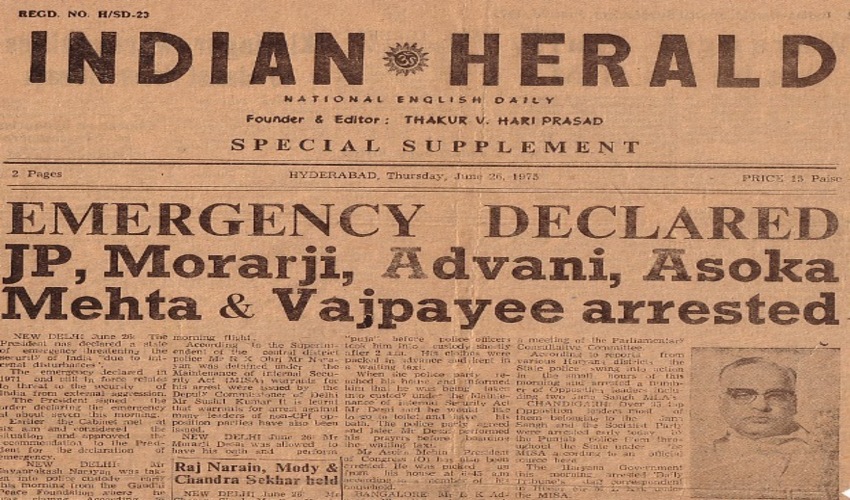
|
1975 |
| The Emergency Package: Shadow Power | |
| 1975 | |
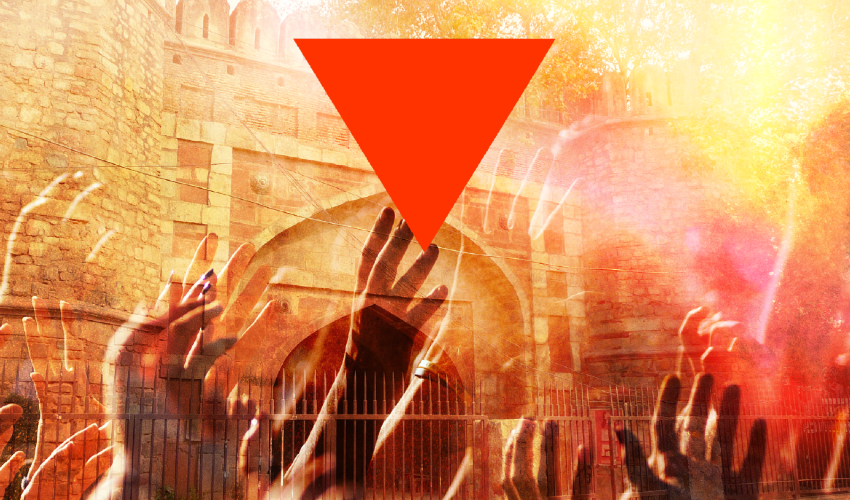
|
1975 |
| The Emergency Package: The Prehistory of Turkman Gate – Population Control | |
| 1977 – 2011 | |
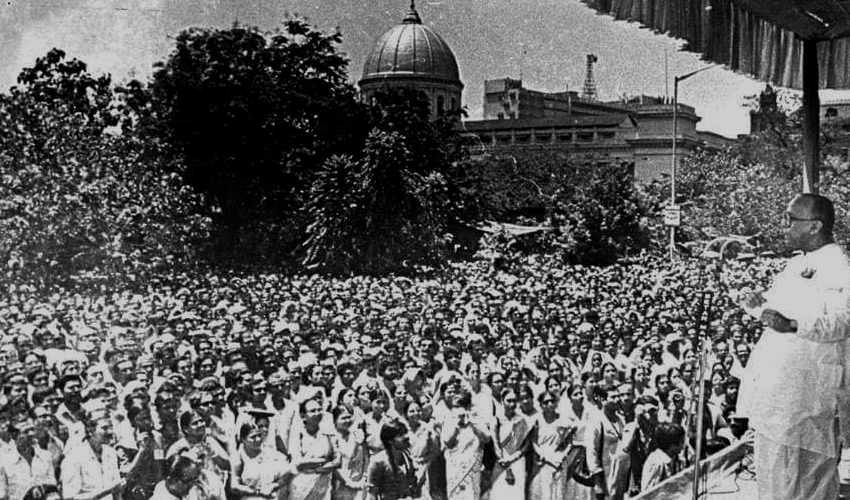
|
1977 – 2011 |
| Power is an Unforgiving Mistress: Lessons from the Decline of the Left in Bengal | |
| 1984 | |

|
1984 |
| Mrs Gandhi’s Final Folly: Operation Blue Star | |
| 1916-2004 | |
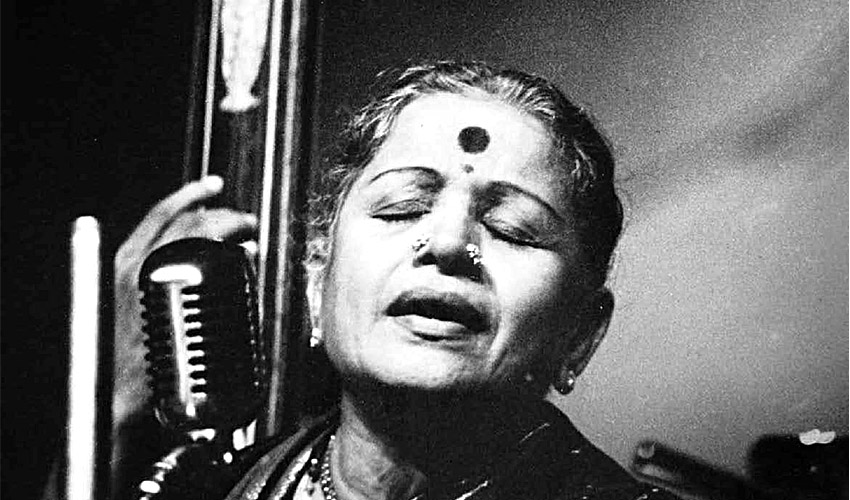
|
1916-2004 |
| Amjad Ali Khan on M.S. Subbulakshmi: “A Glorious Chapter for Indian Classical Music” | |
| 2008 | |
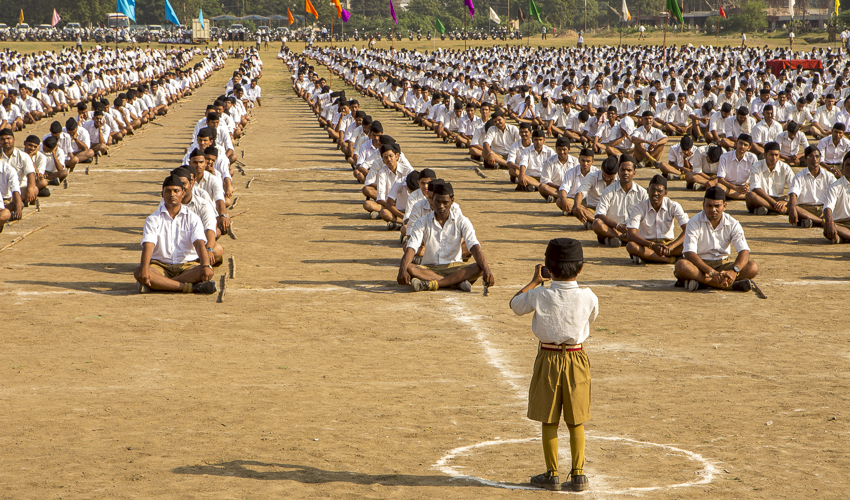
|
2008 |
| Whose History Textbook Is It Anyway? | |
| 2006 - 2009 | |
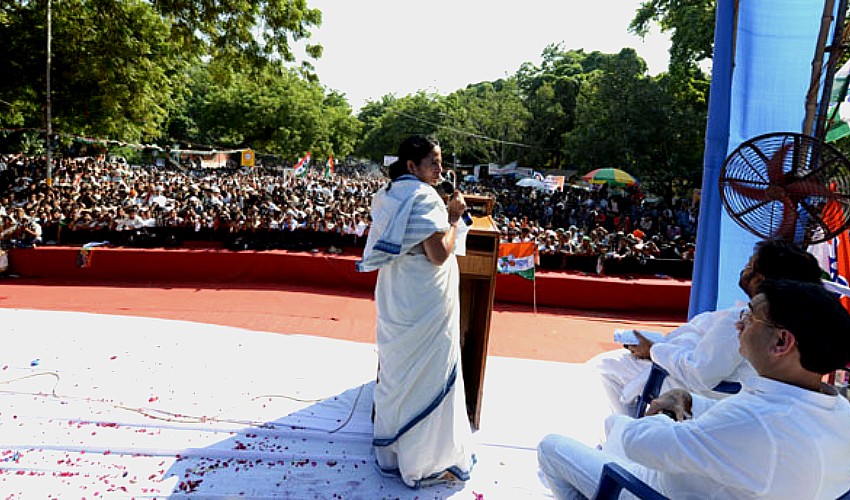
|
2006 - 2009 |
| Singur-Nandigram-Lalgarh: Movements that Remade Mamata Banerjee | |
| 2020 | |

|
2020 |
| The Indo-China Conflict: 10 Books We Need To Read | |
| 2021 | |

|
2021 |
| Singing/Writing Liberation: Dalit Women’s Narratives | |
Leave a Reply